In modern networking, the efficiency and reliability of data transmission depend heavily on the switching modes employed by network devices like switches and routers. Three primary methods dominate this landscape: Store-and-Forward, Cut-Through, and Adaptive Switching. Each mode offers unique advantages tailored to specific network environments. This article explores their mechanisms, practical applications, and SEO-optimized keywords to help you understand and implement these technologies effectively.
1. Store-and-Forward Switching
How It Works
Store-and-Forward switching is a method where the switch receives and stores the entire data frame in a buffer before forwarding it. During this process, the switch performs critical checks, such as Cyclic Redundancy Check (CRC), to detect errors. Only error-free frames are transmitted, while corrupted ones are discarded711.

Key Features
- High Reliability: Error detection ensures data integrity, making it ideal for mission-critical applications like financial transactions and healthcare systems715.
- Speed Adaptation: Supports communication between devices with varying speeds (e.g., 10 Mbps to 100 Mbps), enhancing compatibility in heterogeneous networks713.
- Advanced Traffic Management: Enables complex functions like Quality of Service (QoS) and Access Control Lists (ACLs) by analyzing the entire frame1115.
Drawbacks
- Higher Latency: Processing delays occur due to full-frame storage and validation111.
- Resource Intensive: Requires significant buffer memory, which can lead to congestion in high-traffic environments7.
Use Cases
- Enterprise Networks: Ideal for environments prioritizing data accuracy, such as corporate offices and data centers711.
- Healthcare Systems: Ensures patient data (e.g., MRI scans) is transmitted without errors7.
- Legacy Network Upgrades: Bridges older and newer devices with different speed capabilities13.
2. Cut-Through Switching
How It Works
Cut-Through switching begins forwarding data as soon as the destination MAC address is read—typically within the first 6 bytes of the frame. This minimizes latency but skips error checks18.

Key Features
- Ultra-Low Latency: Forwarding delays are reduced to 20 microseconds or less, perfect for real-time applications815.
- High Throughput: Eliminates buffering delays, maximizing network performance in low-error environments111.
Drawbacks
- No Error Detection: Corrupted frames (e.g., CRC errors) propagate through the network115.
- Limited Functionality: Cannot support speed conversion or advanced traffic policies13.
Use Cases
- High-Frequency Trading (HFT): Milliseconds matter in stock markets, where latency directly impacts profits15.
- Real-Time Video Conferencing: Ensures smooth audio/video synchronization7.
- Low-Error Networks: Fiber-optic or well-maintained copper infrastructures where frame errors are rare811.
3. Adaptive Switching: The Hybrid Solution
How It Works
Adaptive Switching dynamically toggles between Store-and-Forward and Cut-Through modes based on real-time network conditions. For example, it defaults to Cut-Through for speed but switches to Store-and-Forward if error rates exceed a threshold813.
Key Features
- Flexibility: Balances speed and reliability, adapting to traffic demands8.
- Optimized Performance: Reduces latency during normal operations while ensuring error handling during congestion8.
Use Cases
- Hybrid Networks: Combines real-time applications (e.g., VoIP) with bulk data transfers (e.g., backups)8.
- Dynamic Environments: Campus networks with fluctuating traffic patterns13.
Comparative Analysis
| Switching Mode | Latency | Error Handling | Best For |
|---|---|---|---|
| Store-and-Forward | High | Excellent | Financial, healthcare, legacy systems |
| Cut-Through | Ultra-Low | None | Real-time trading, video streaming |
| Adaptive | Variable | Moderate | Mixed-traffic environments |
Conclusion
Choosing the right switching mode depends on balancing speed, reliability, and network conditions. While Store-and-Forward remains the gold standard for accuracy, Cut-Through excels in speed-critical scenarios. Adaptive Switching offers a versatile middle ground, making it a future-proof choice for evolving networks. By aligning these modes with your operational needs—and leveraging SEO keywords like Cut-Through Switching and Adaptive Network Solutions—you can optimize both network performance and online visibility.



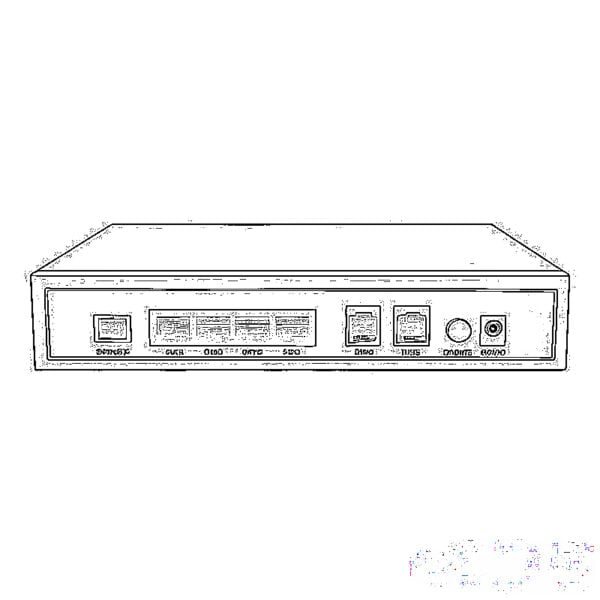
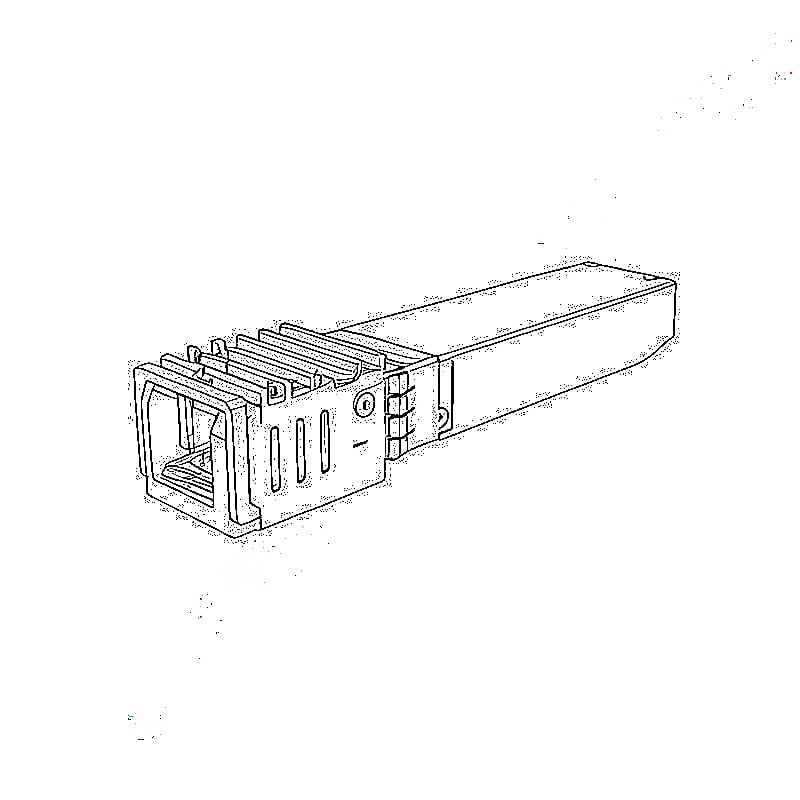
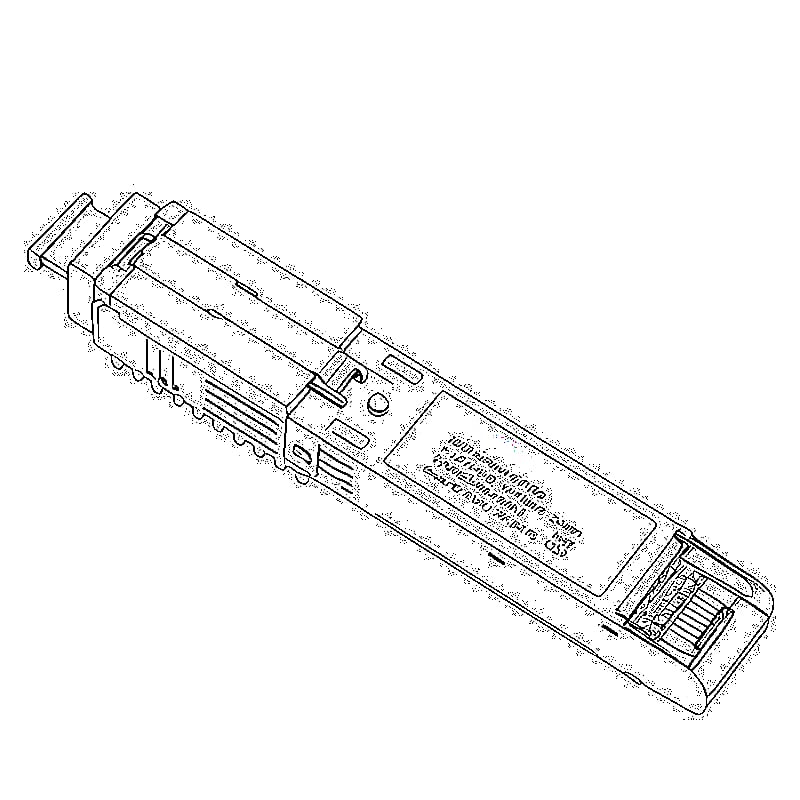
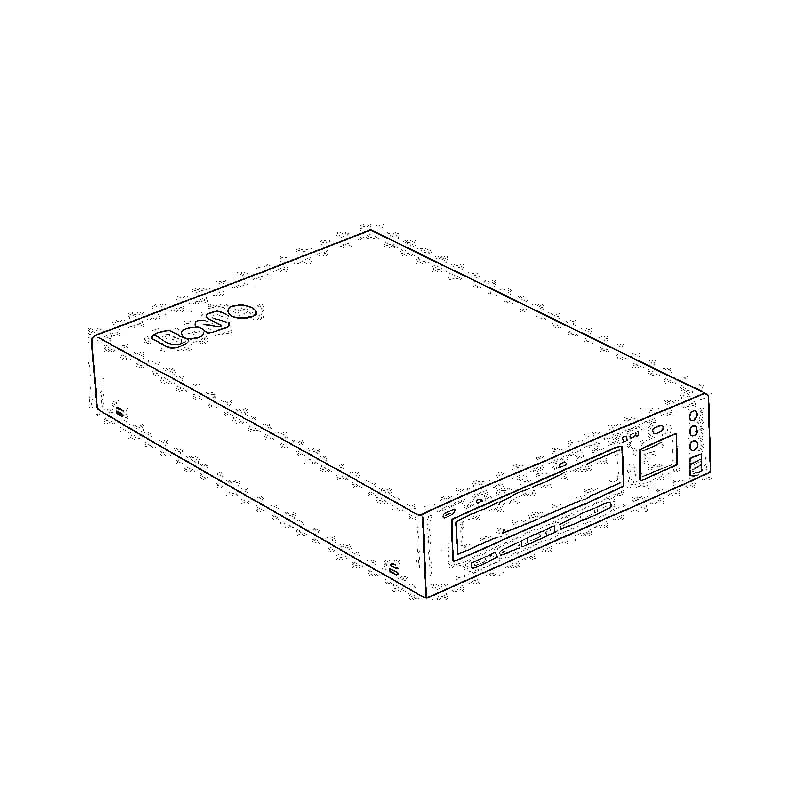

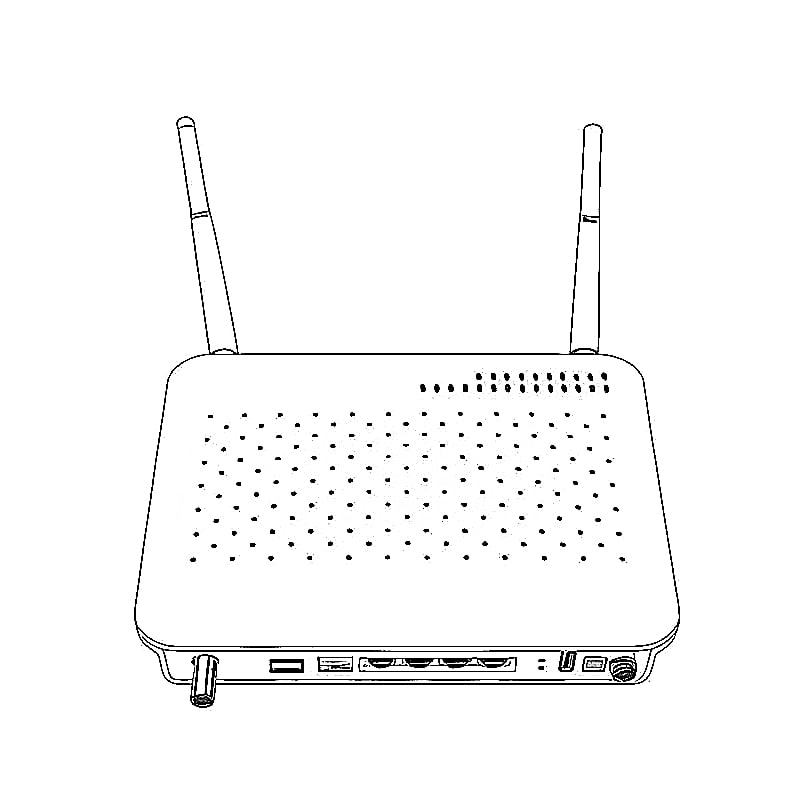
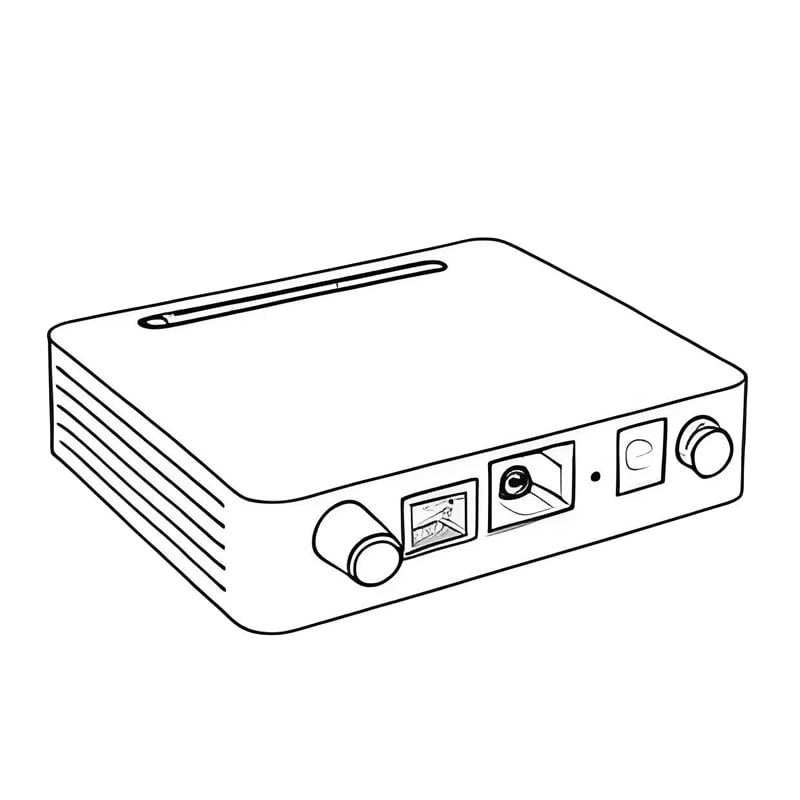
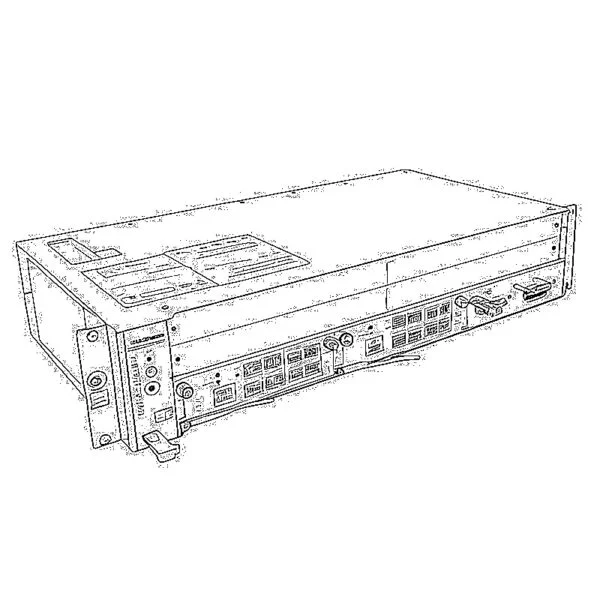
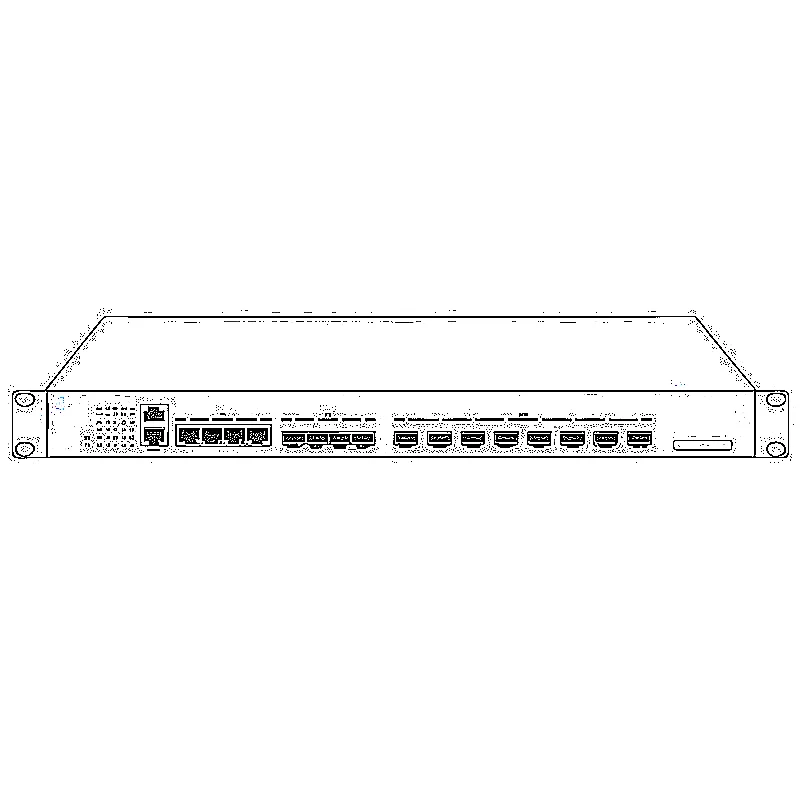
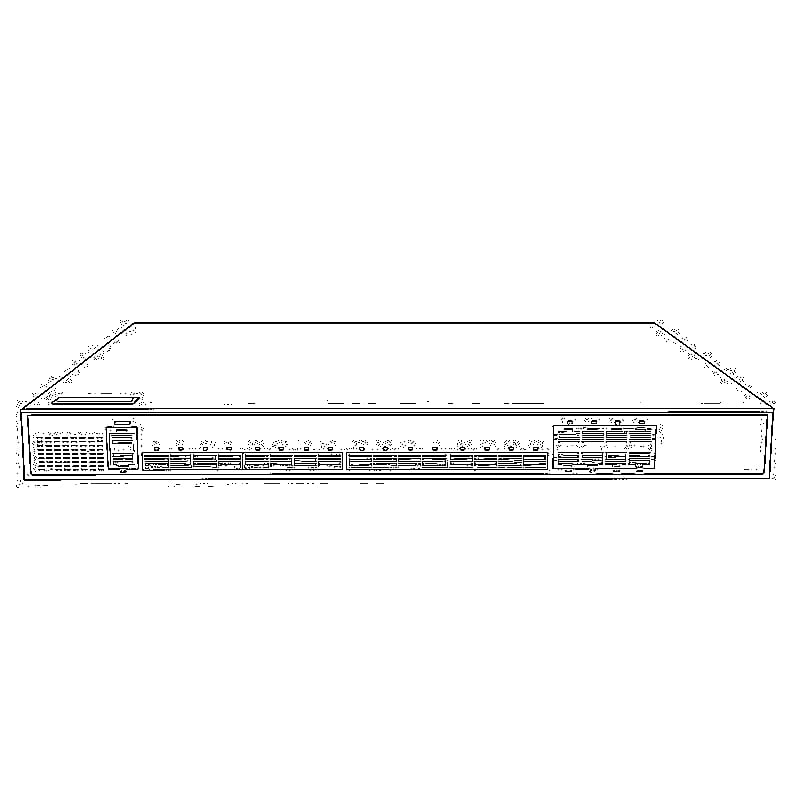


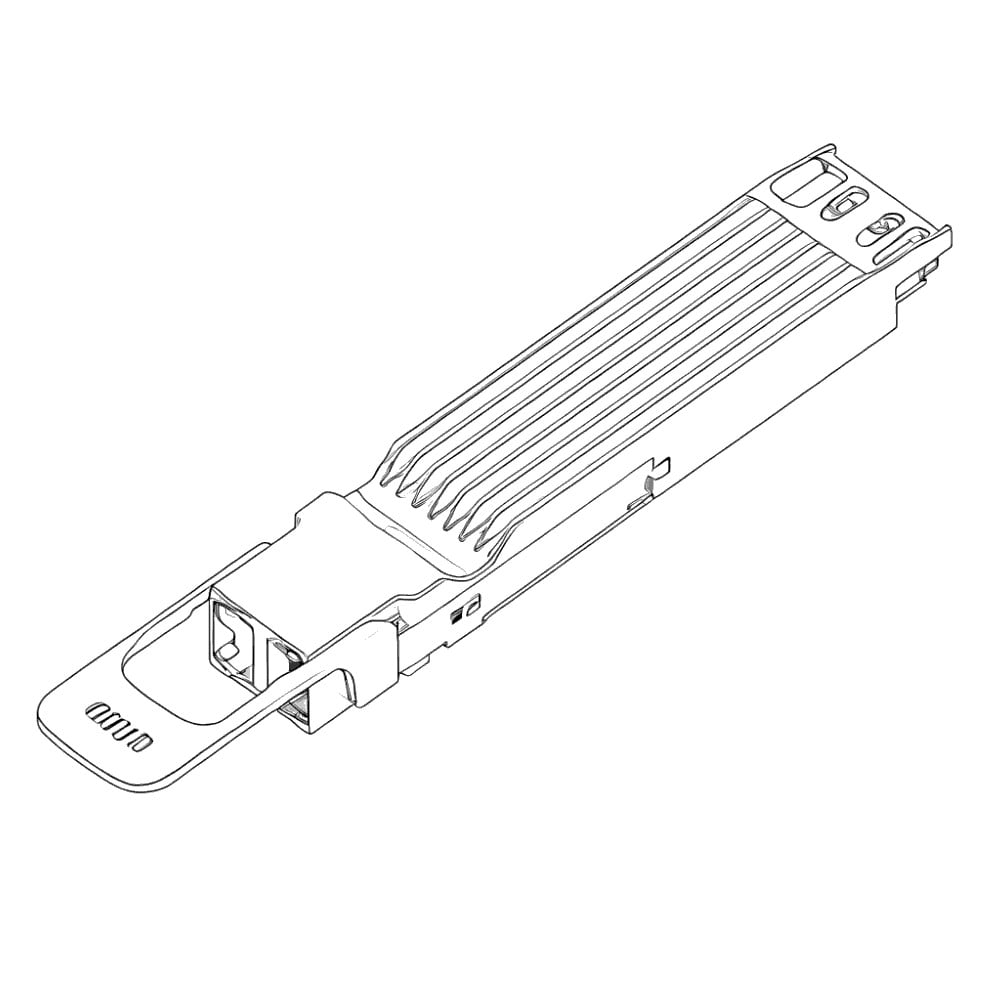
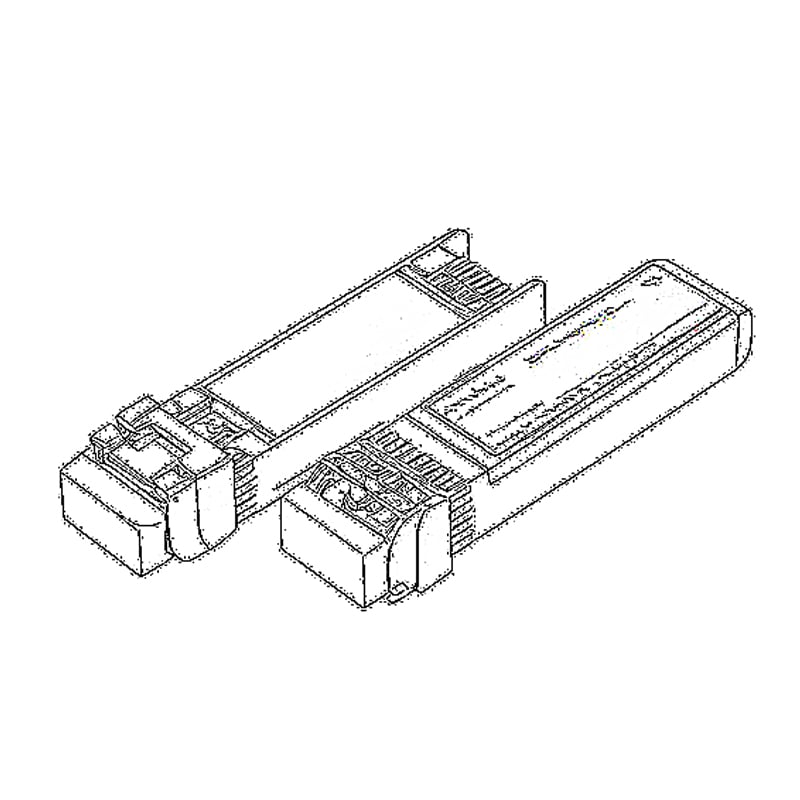
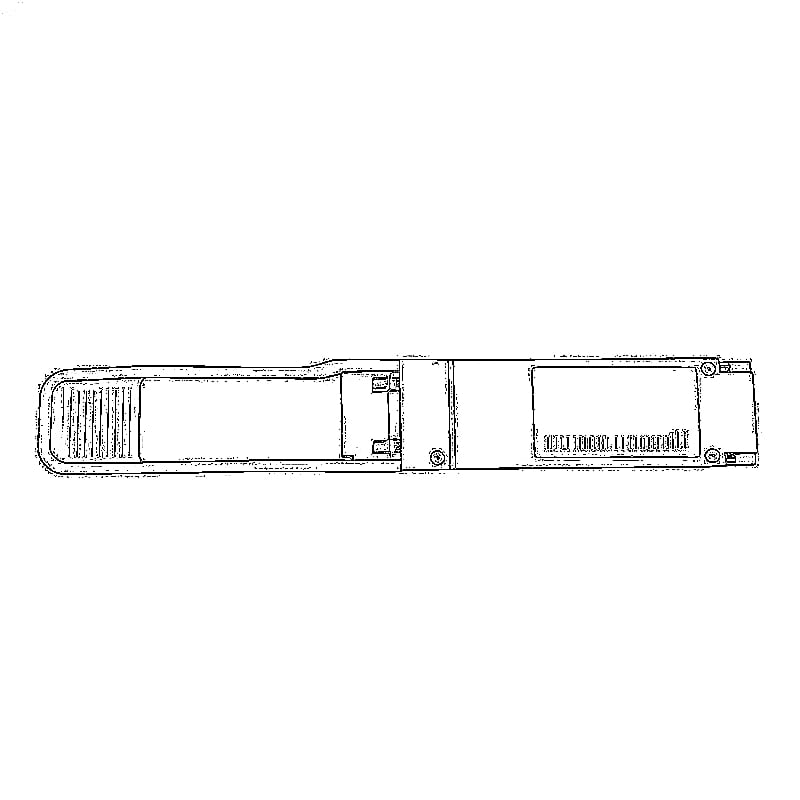

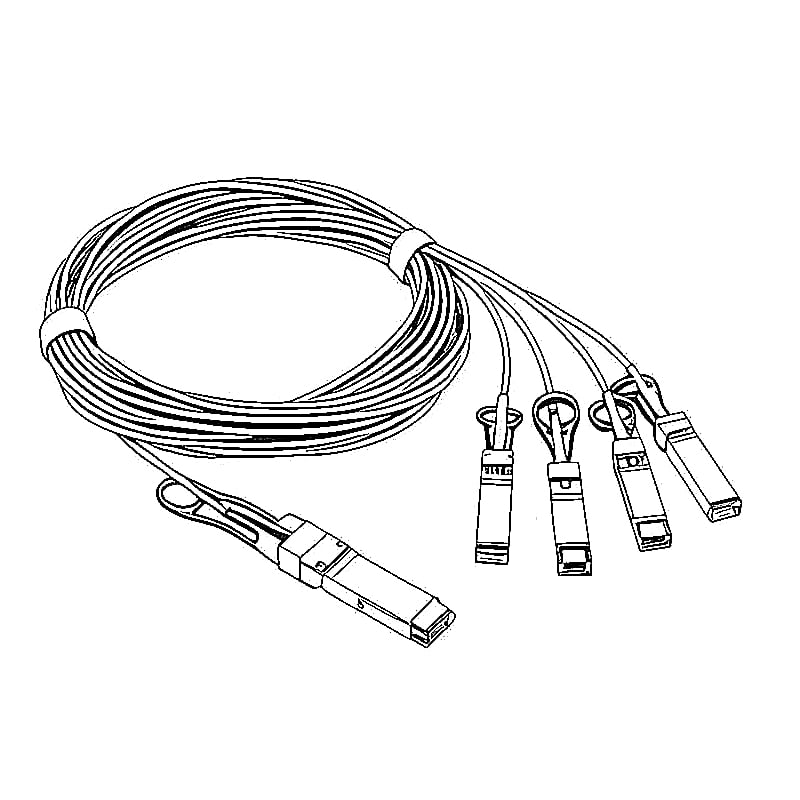
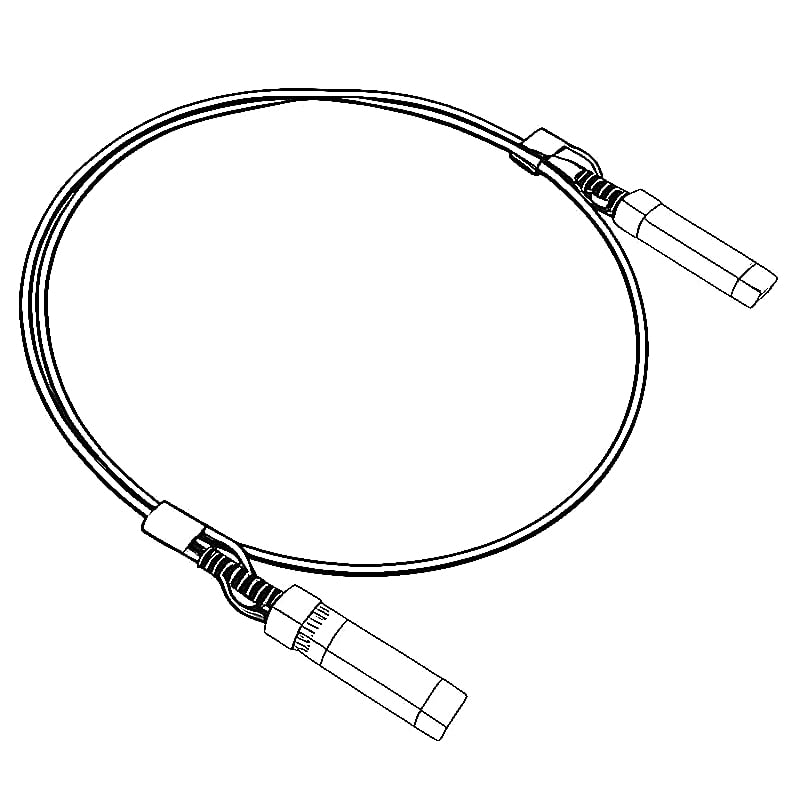
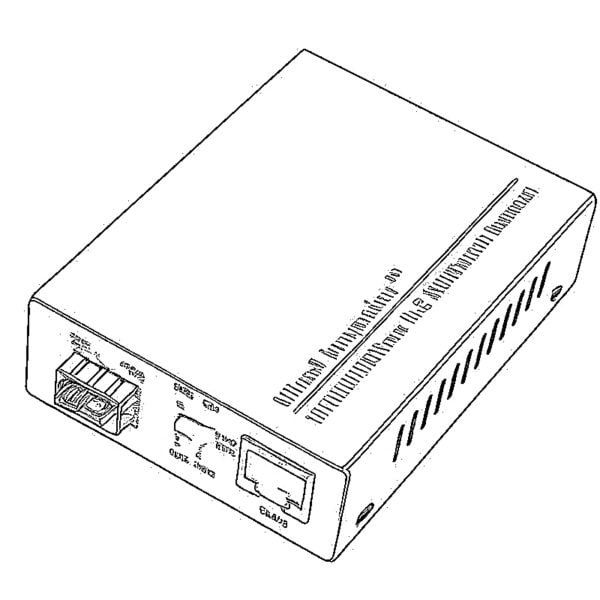
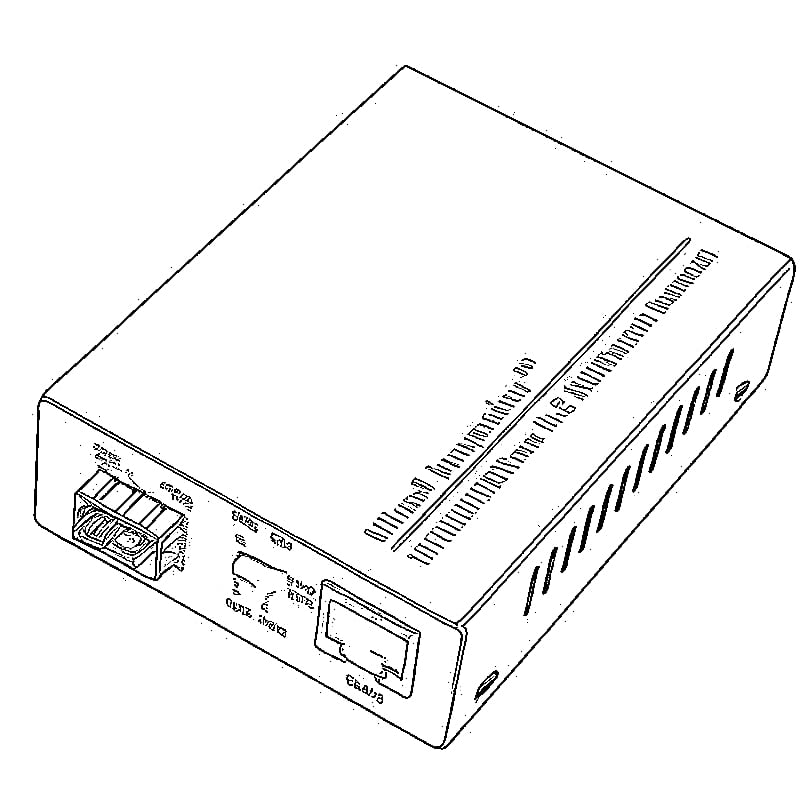
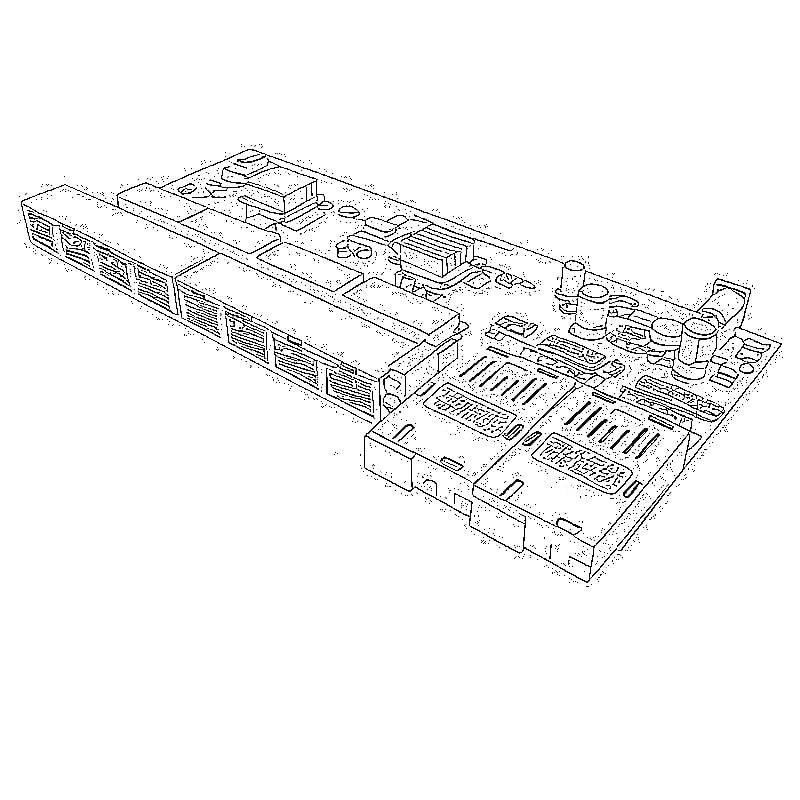
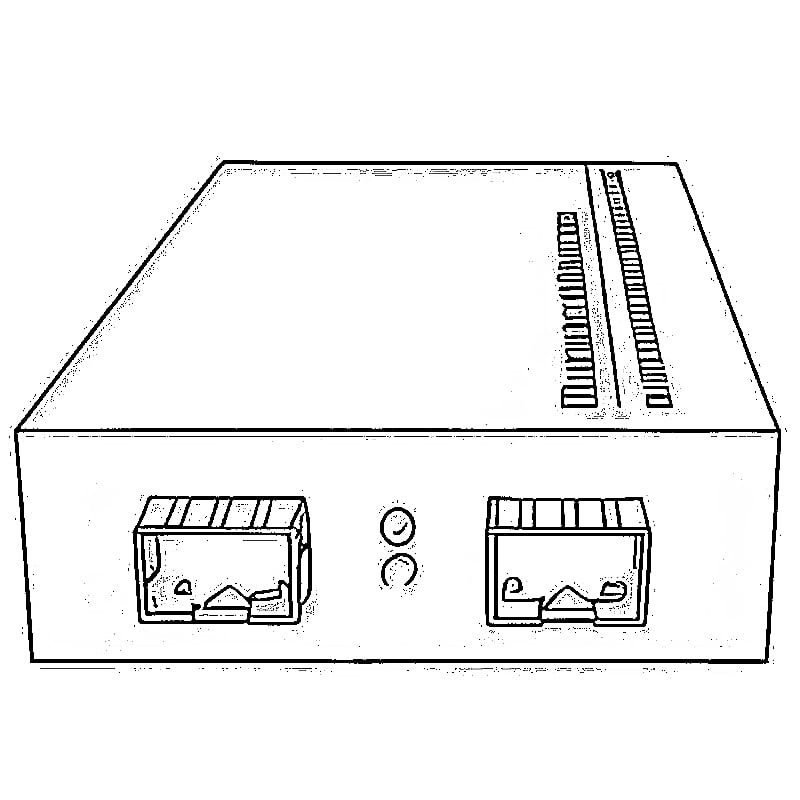
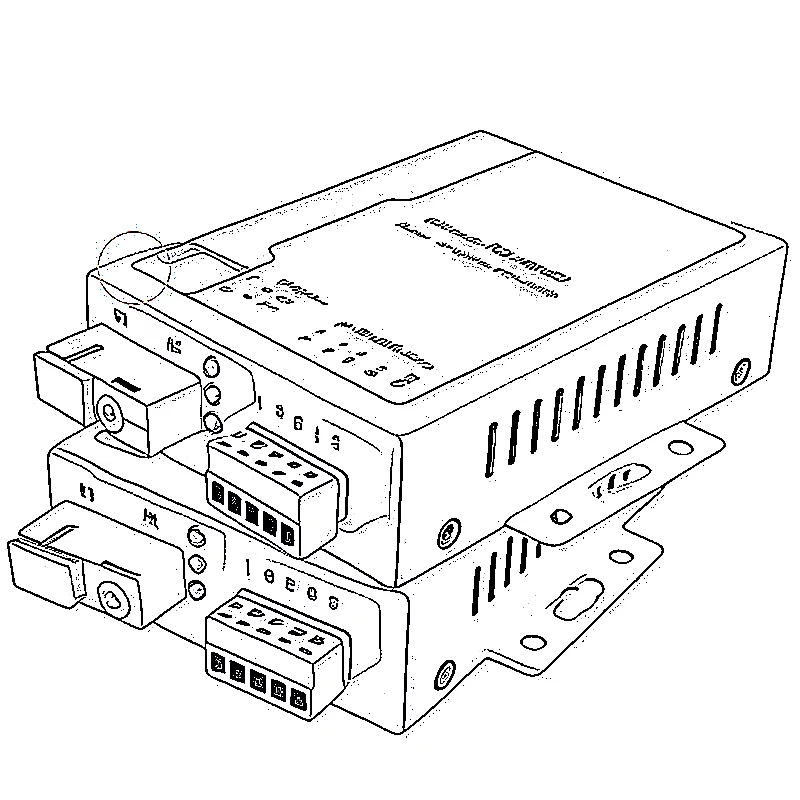
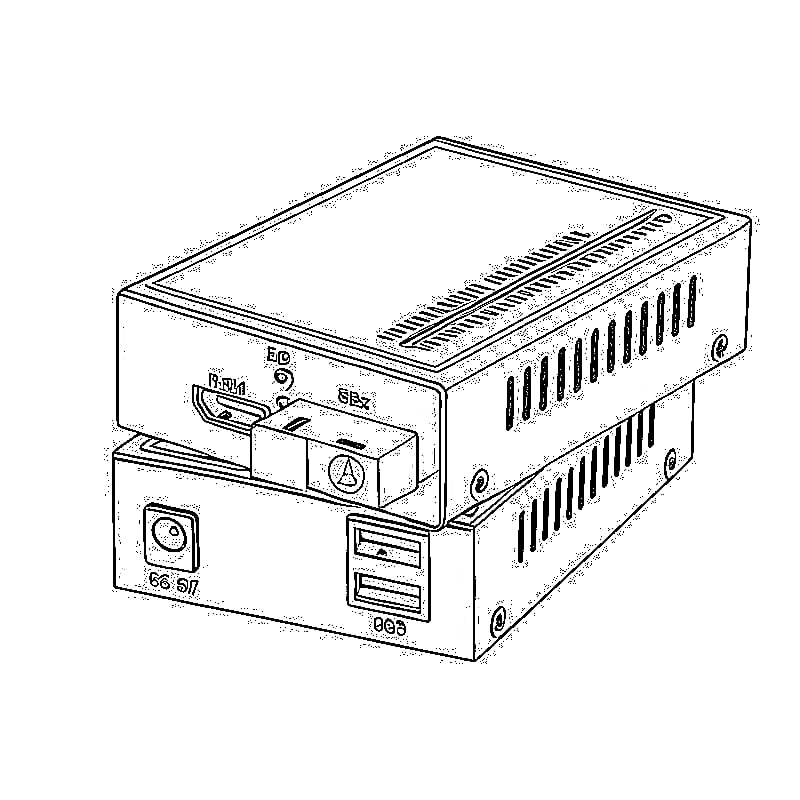

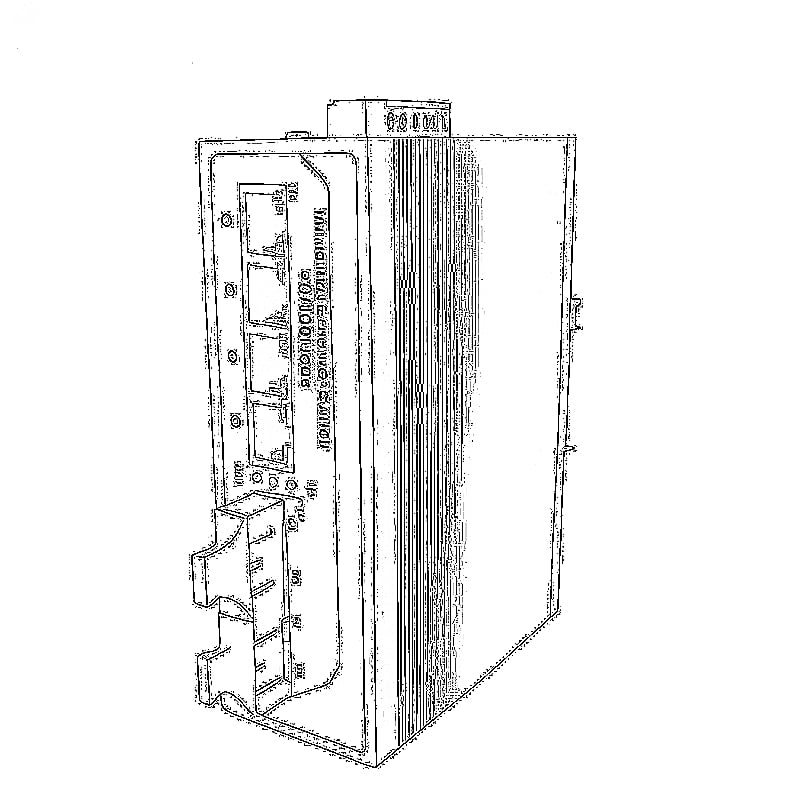
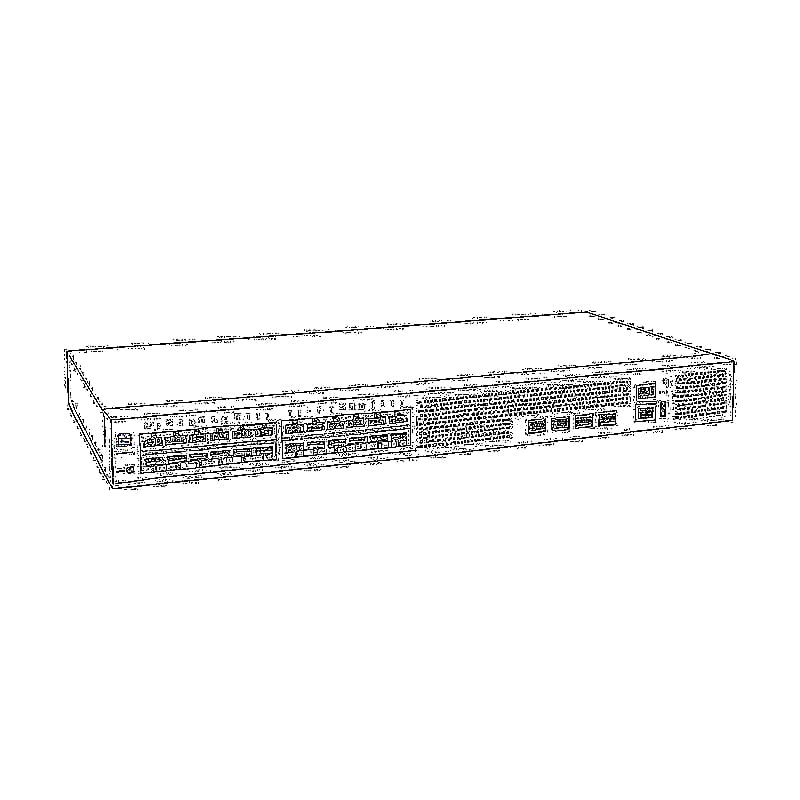
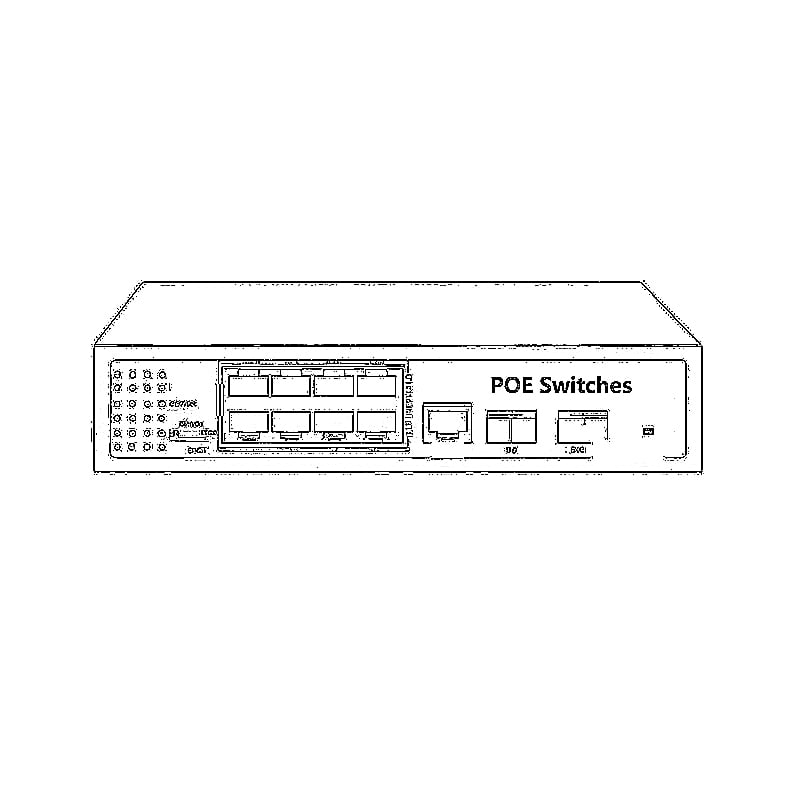
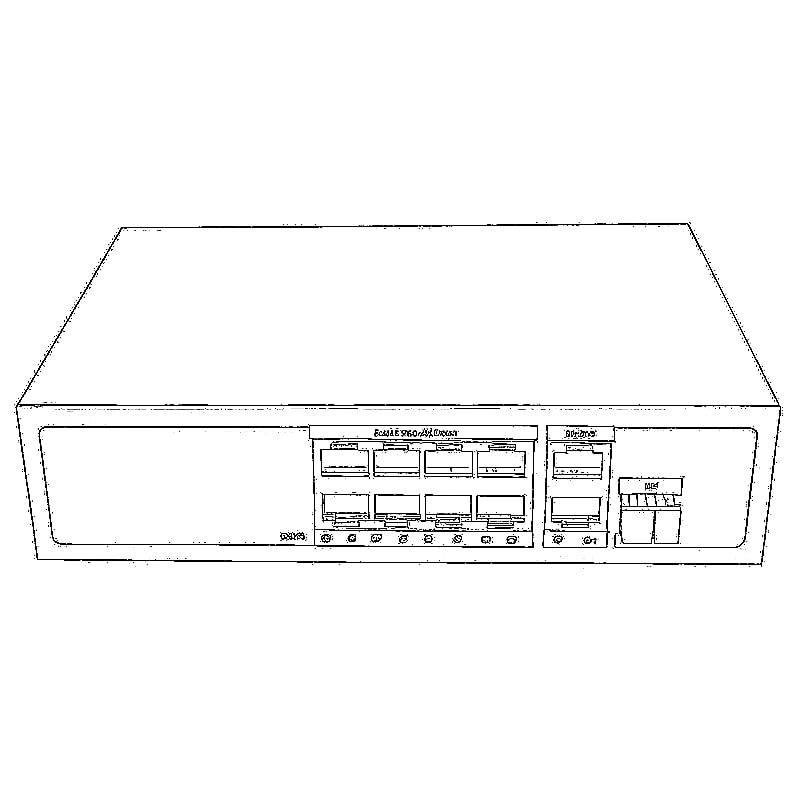
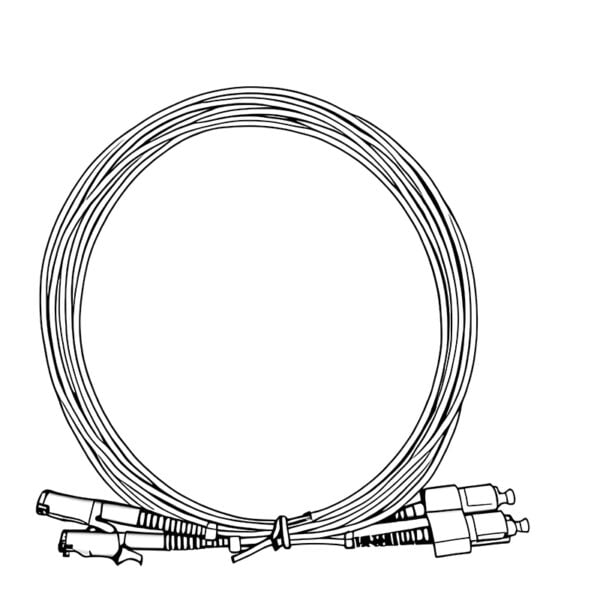
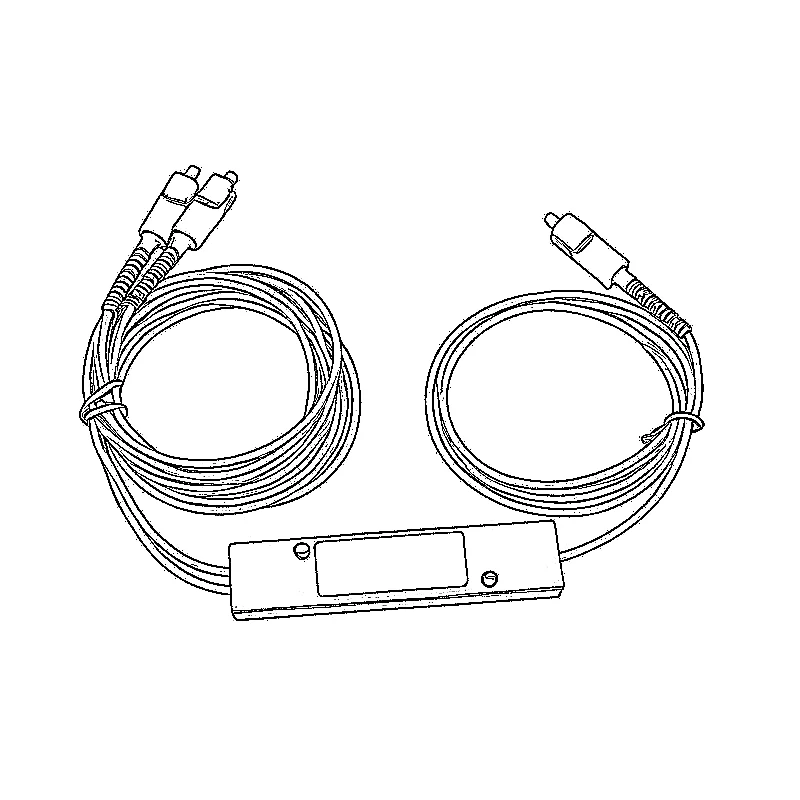
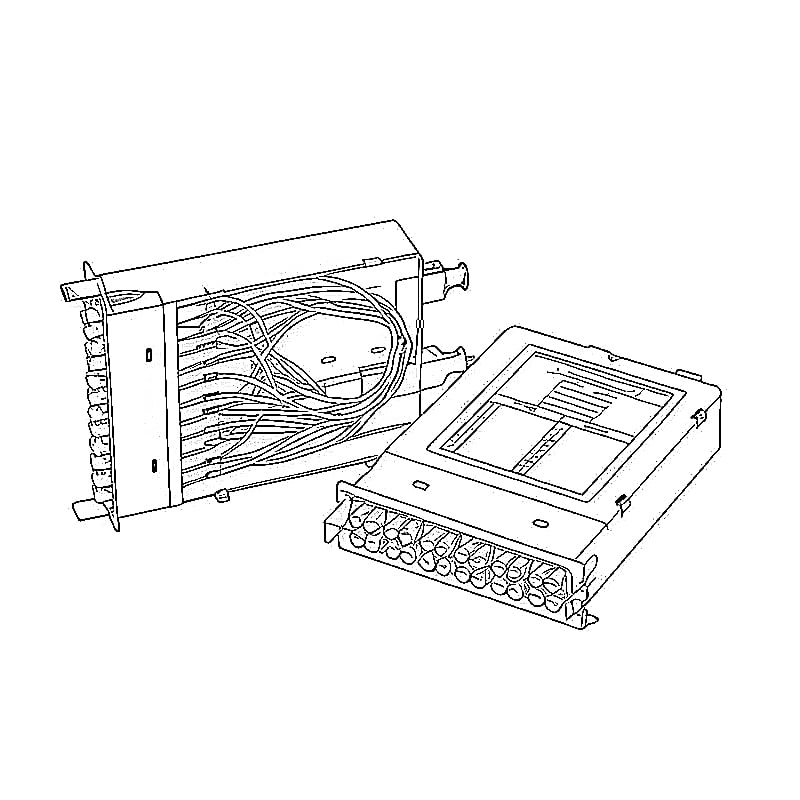
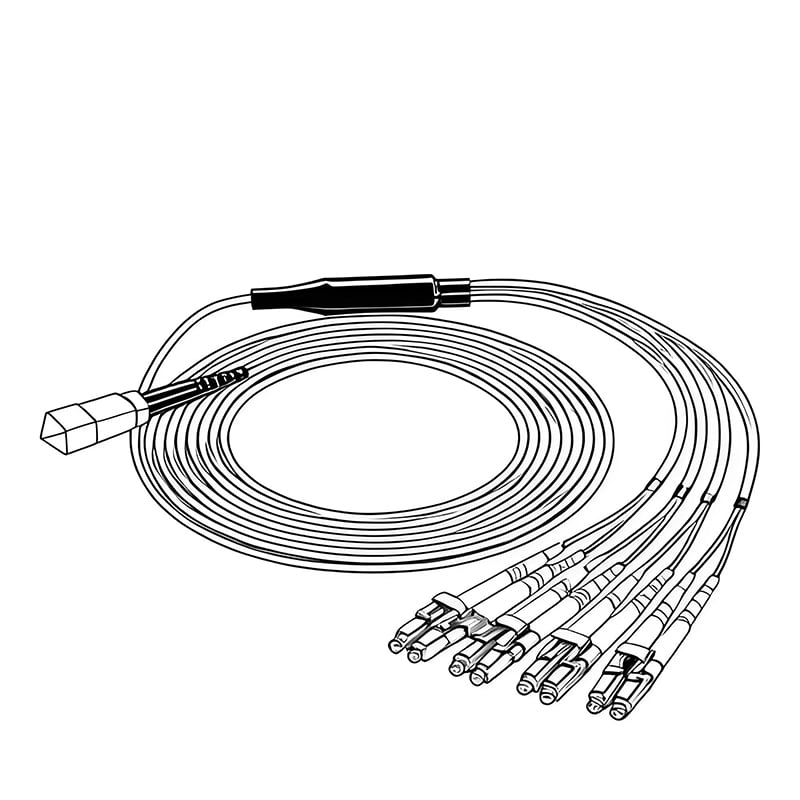
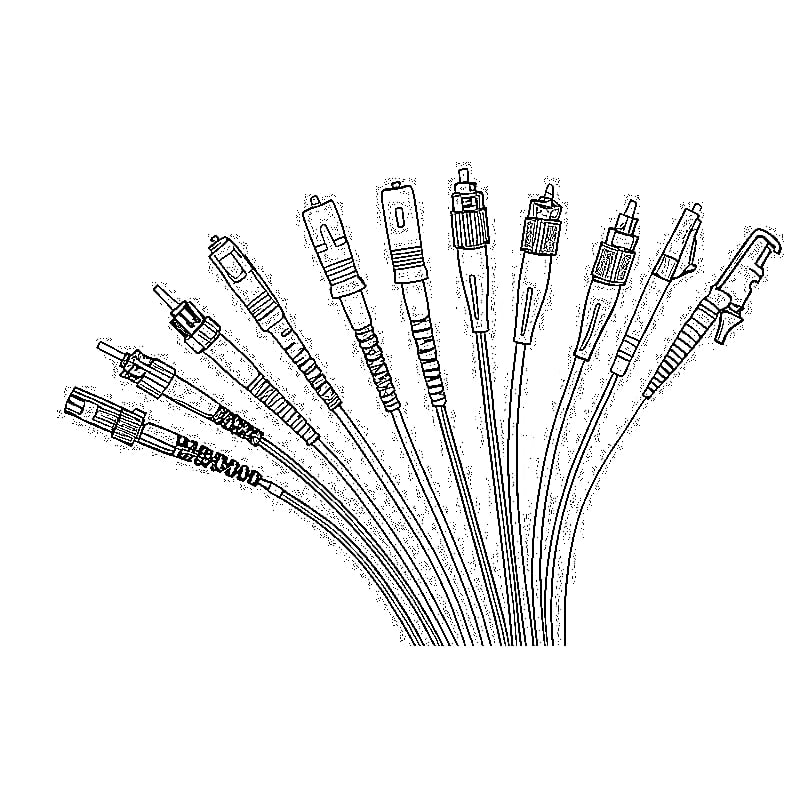
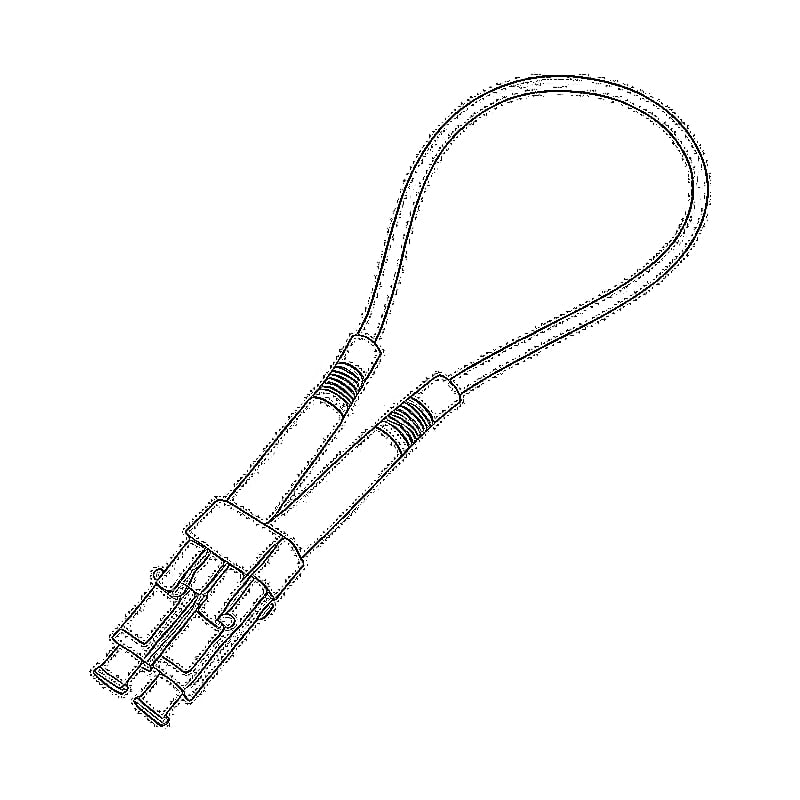

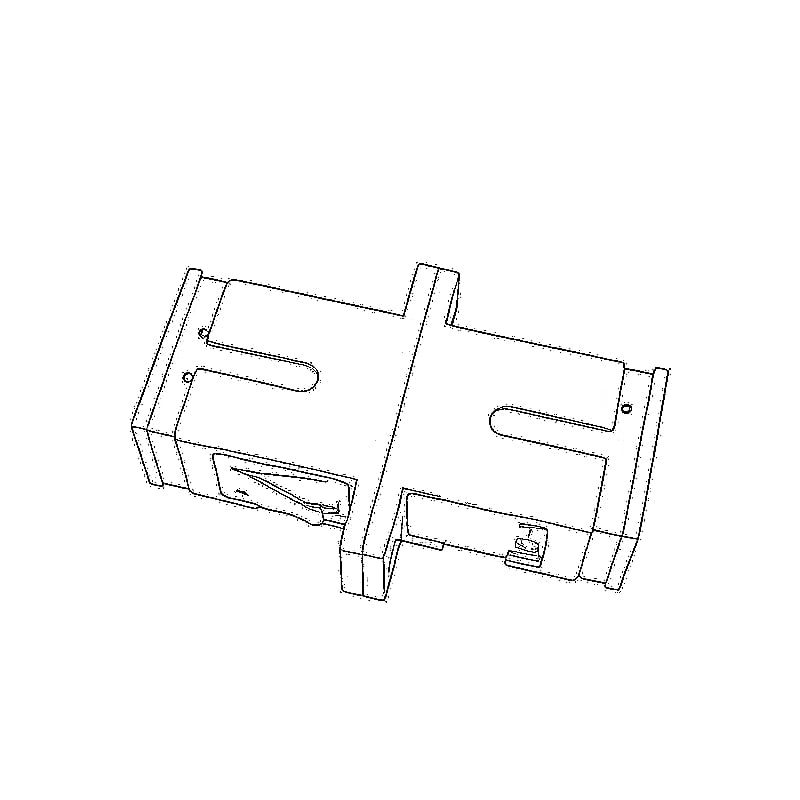
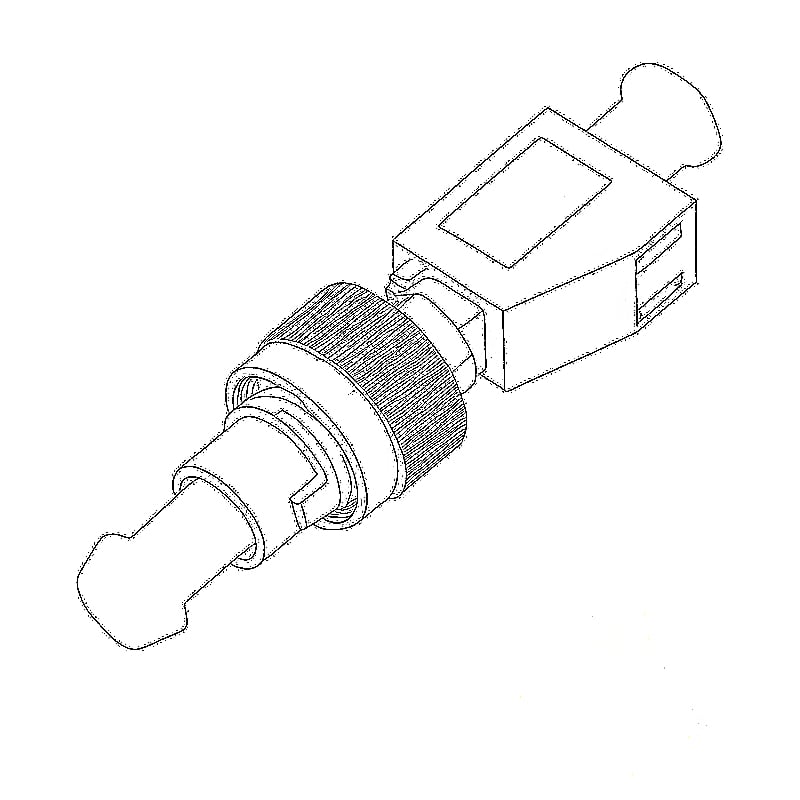
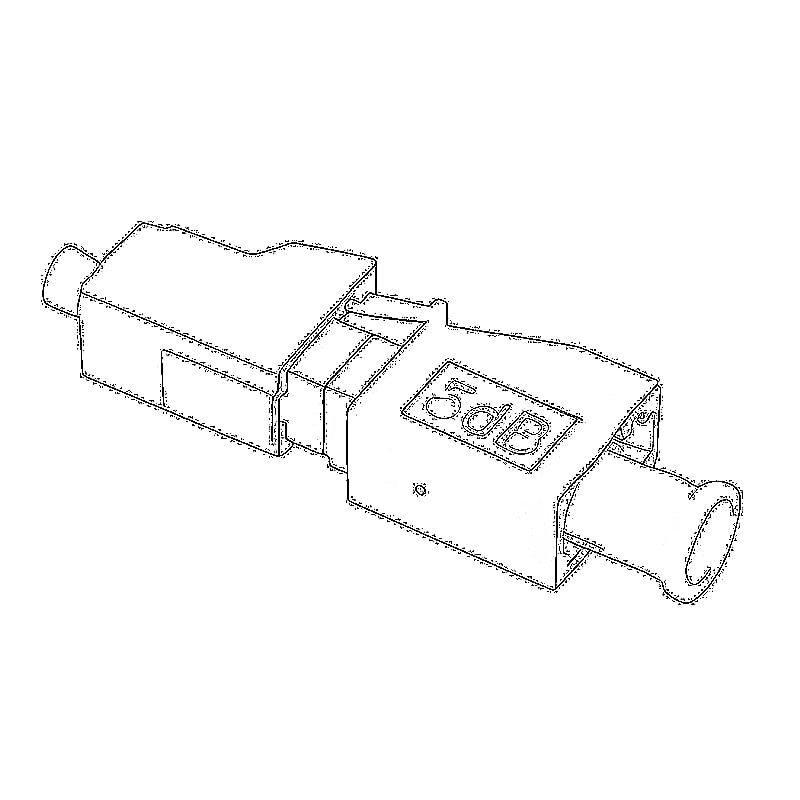
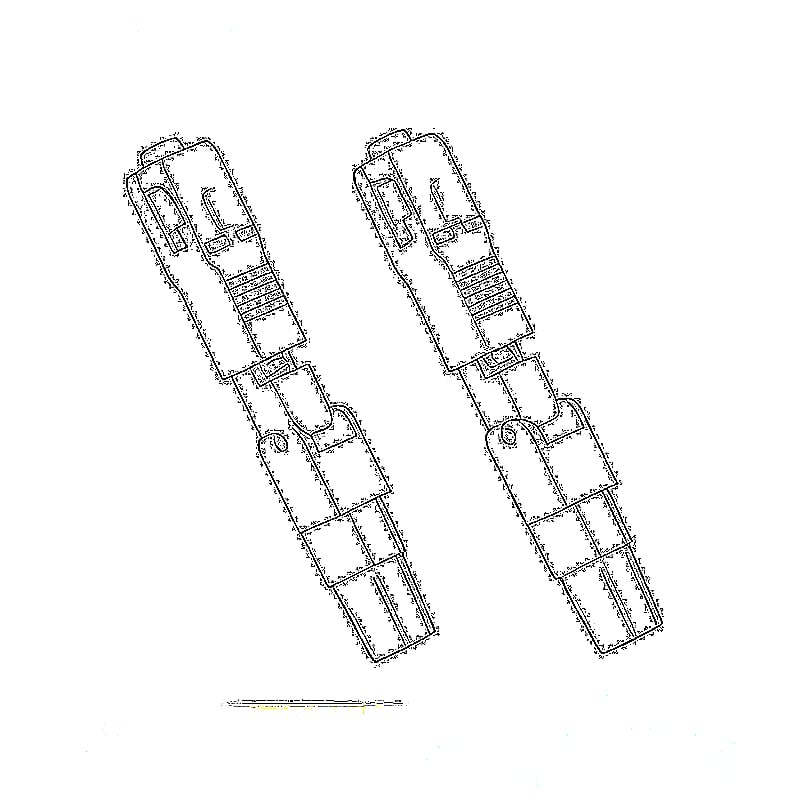
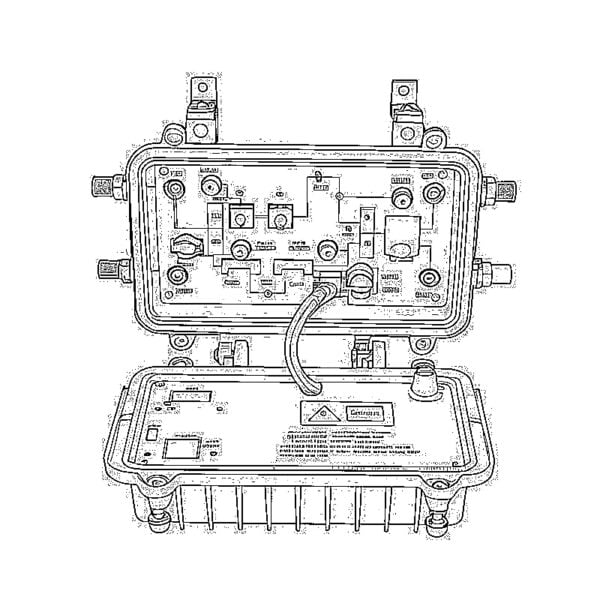
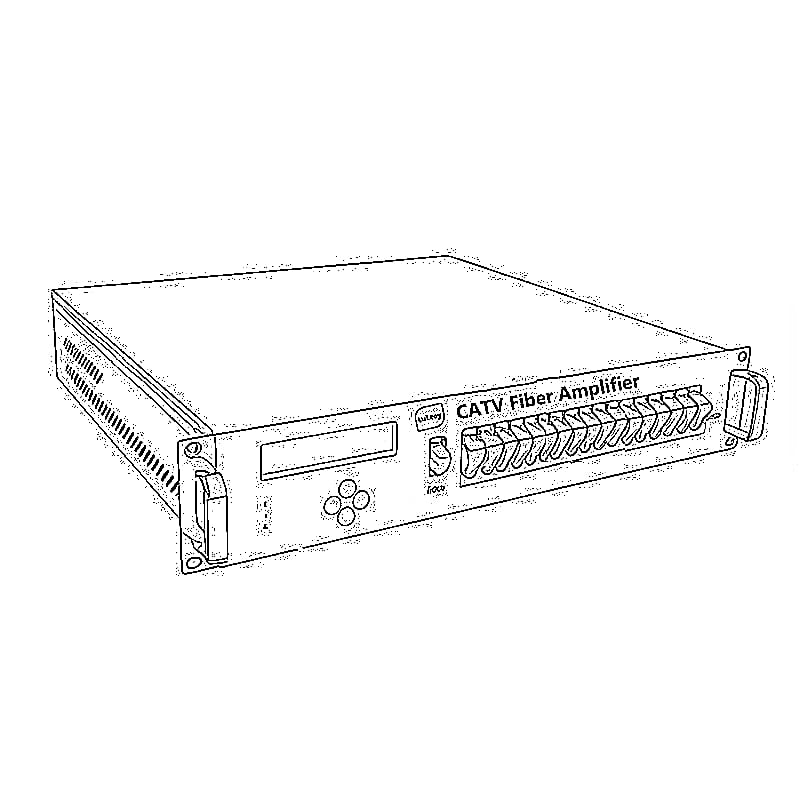
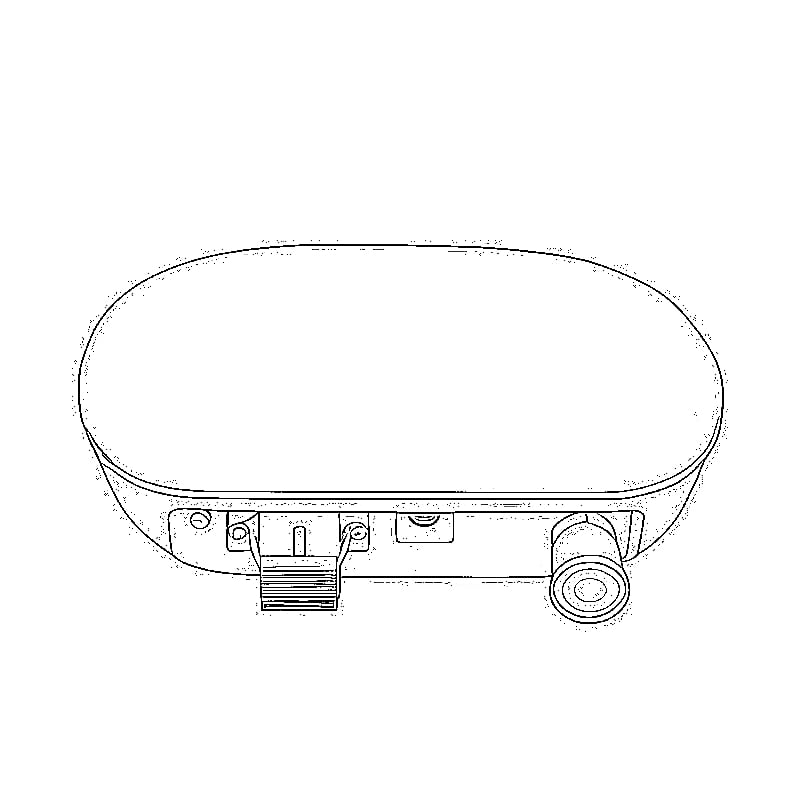



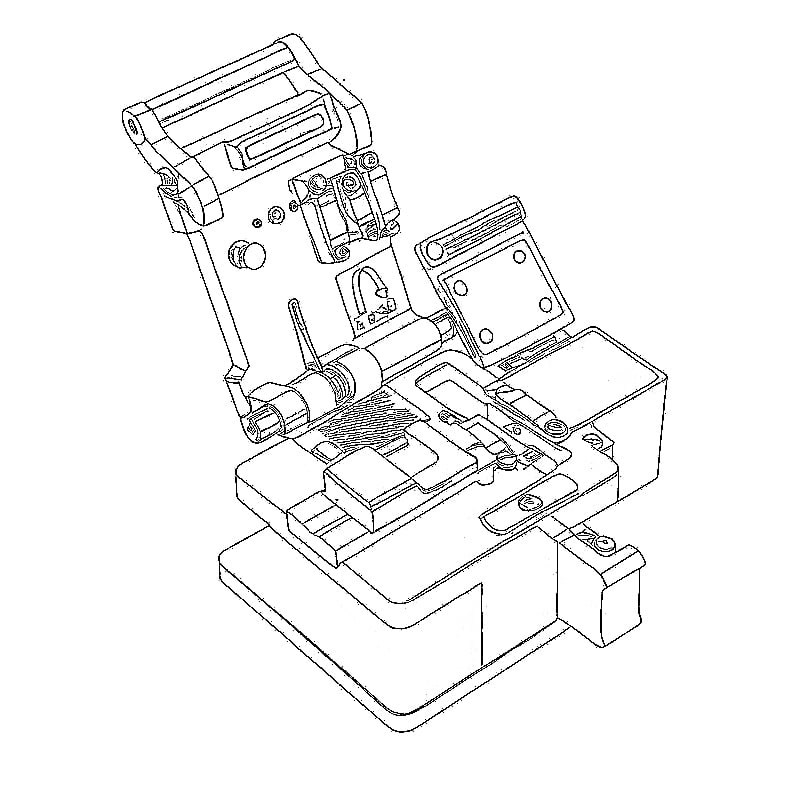
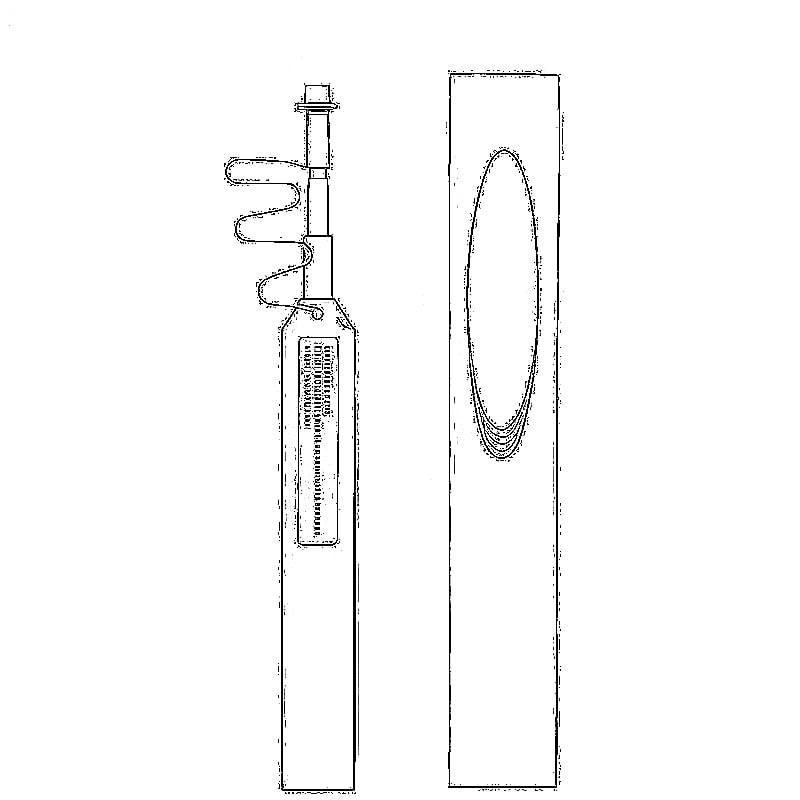



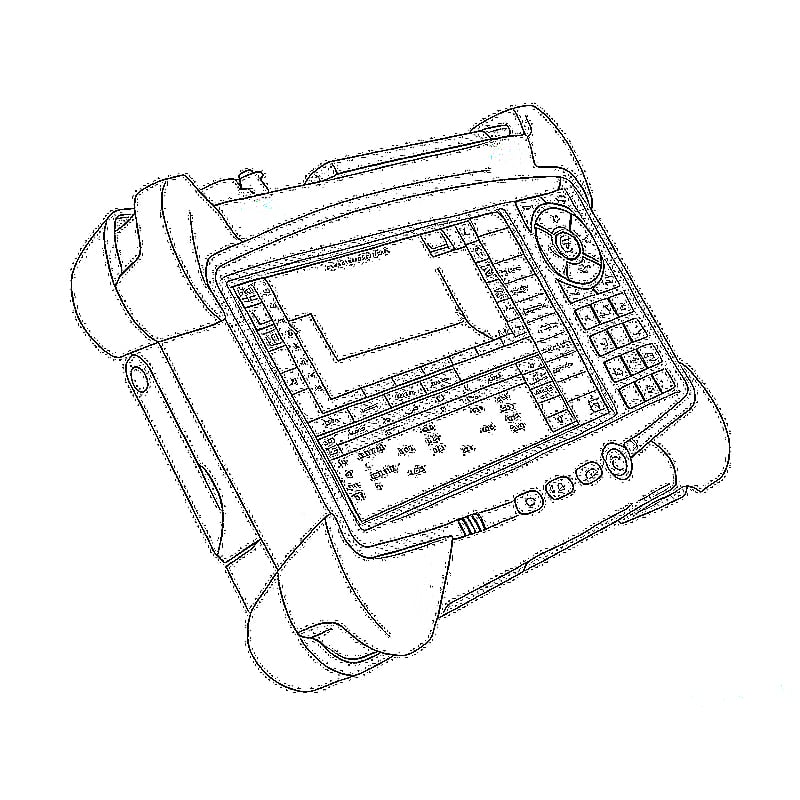
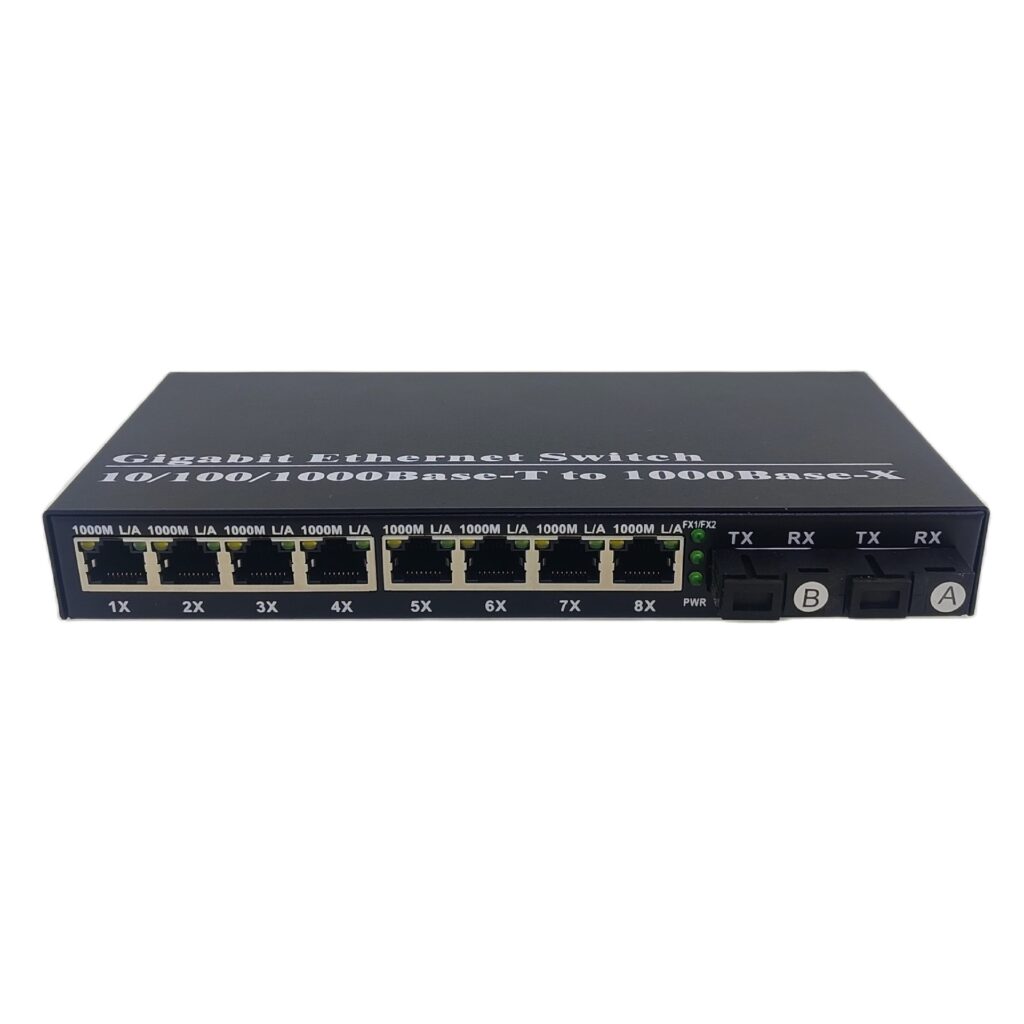
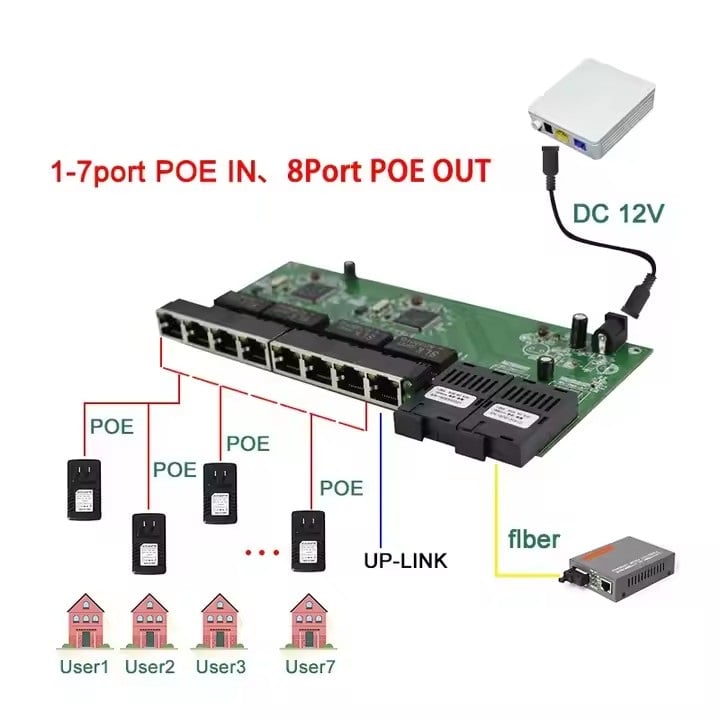
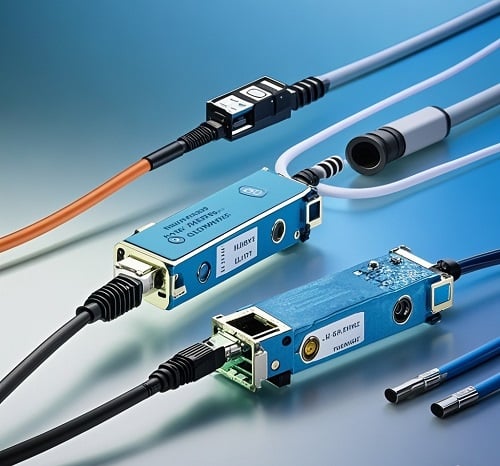

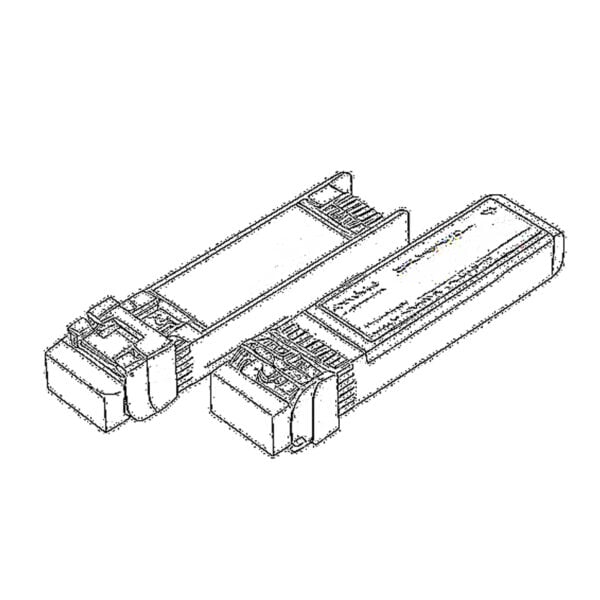 SFP/SFP+ (1G/2.5G/5G/10G)
SFP/SFP+ (1G/2.5G/5G/10G) SFP-T (1G/2.5G/10G)
SFP-T (1G/2.5G/10G)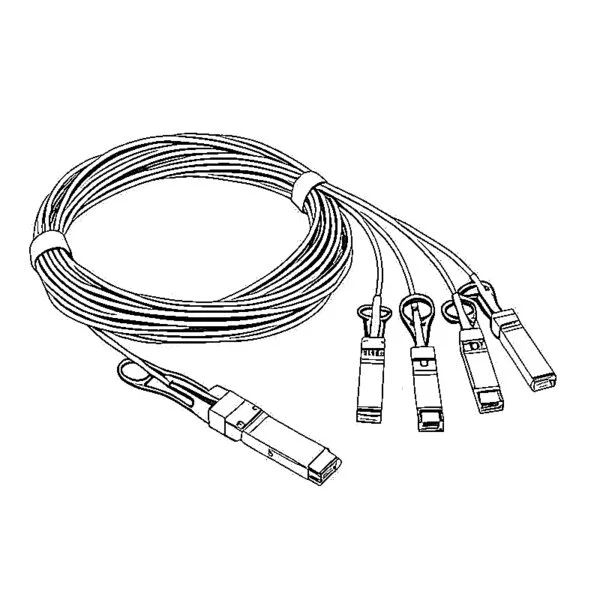 AOC Cable 10G/25G/40G/100G
AOC Cable 10G/25G/40G/100G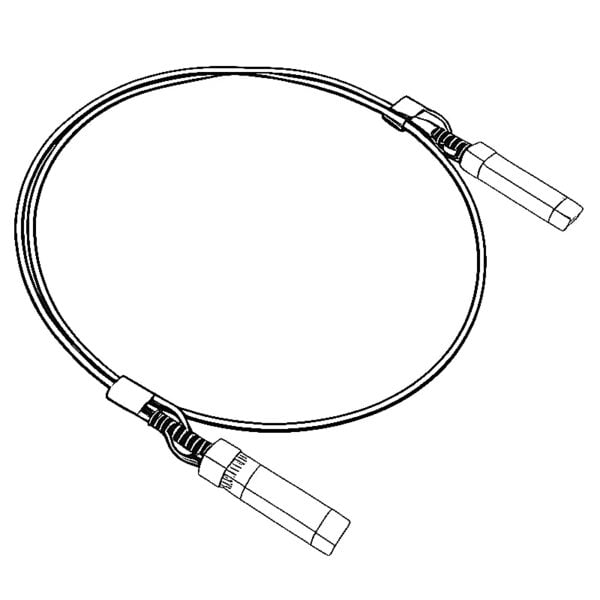 DAC Cable 10G/25G/40G/100G
DAC Cable 10G/25G/40G/100G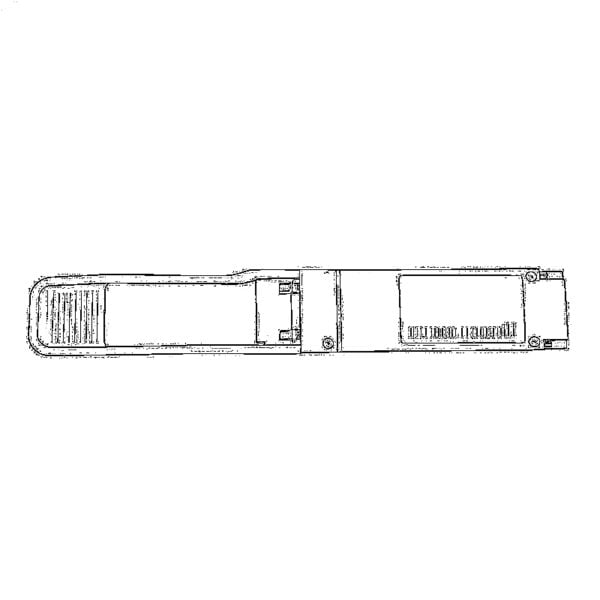 QSFP28 QSFP+ SFP28 100G/40G/25G
QSFP28 QSFP+ SFP28 100G/40G/25G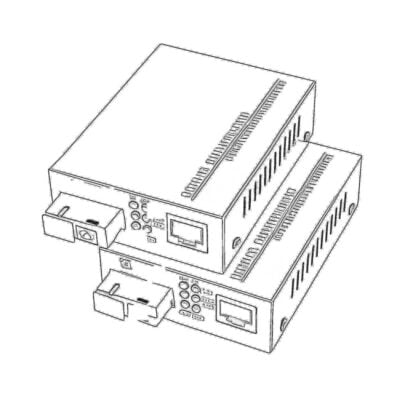 Copper to Fiber Media Converters
Copper to Fiber Media Converters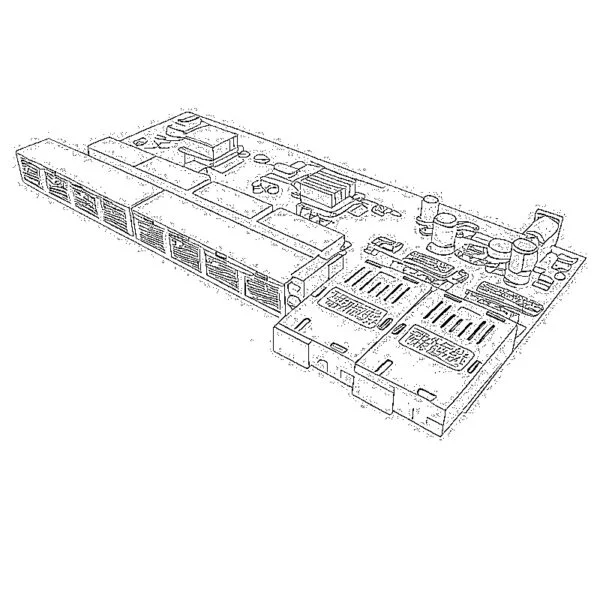 Fiber Media Converter PCBA Board
Fiber Media Converter PCBA Board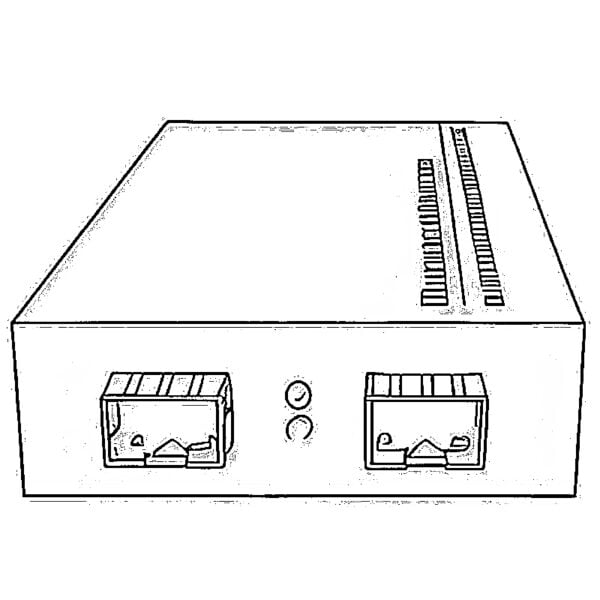 OEO Fiber Media Converters
OEO Fiber Media Converters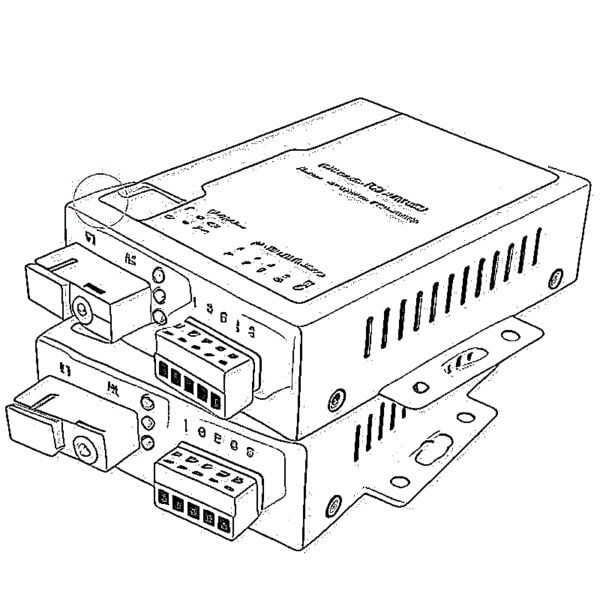 Serial to Fiber Media Converters
Serial to Fiber Media Converters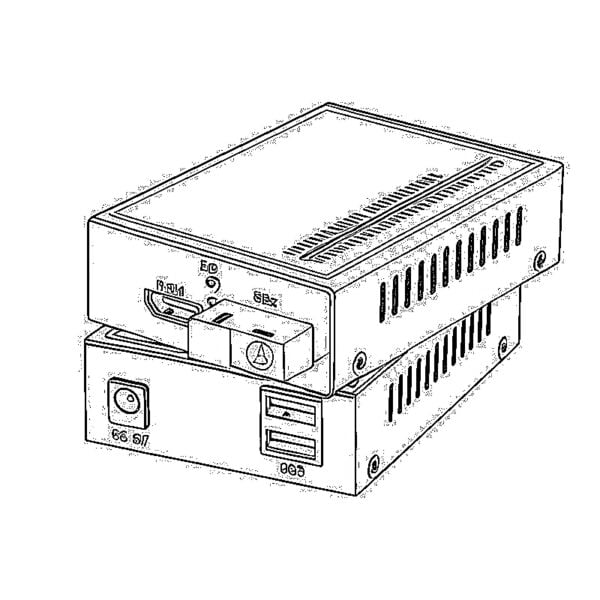 Video to Fiber Media Converters
Video to Fiber Media Converters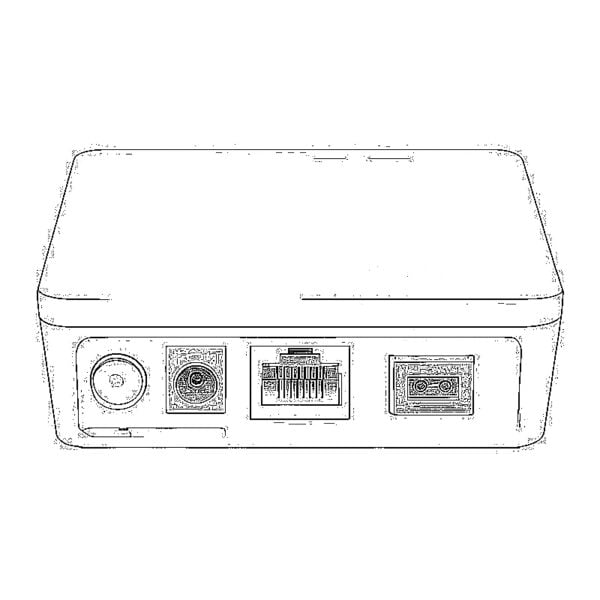 1000M GPON/EPON ONU
1000M GPON/EPON ONU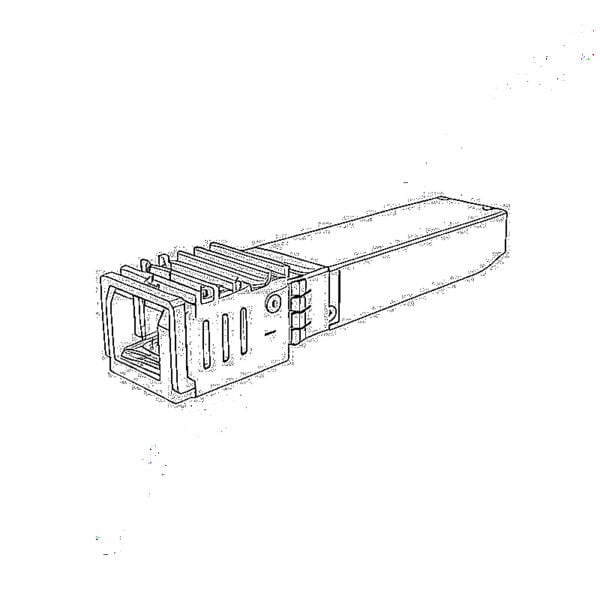 10G EPON ONU/XG-PON/XGS-PON
10G EPON ONU/XG-PON/XGS-PON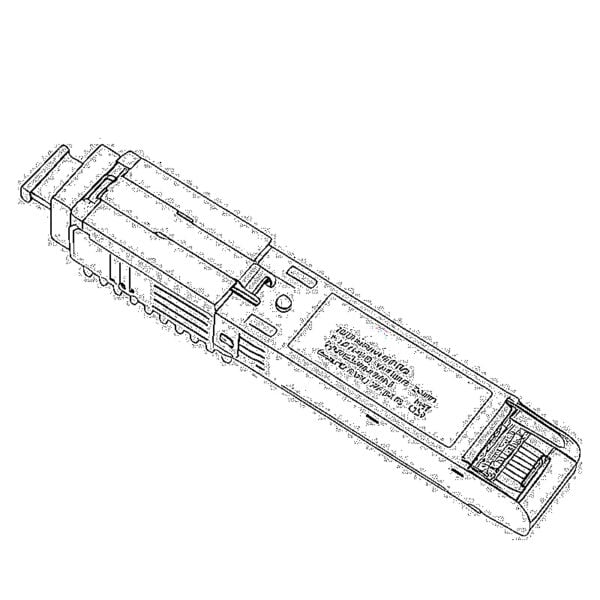 2.5G GPON/XPON STICK SFP ONU
2.5G GPON/XPON STICK SFP ONU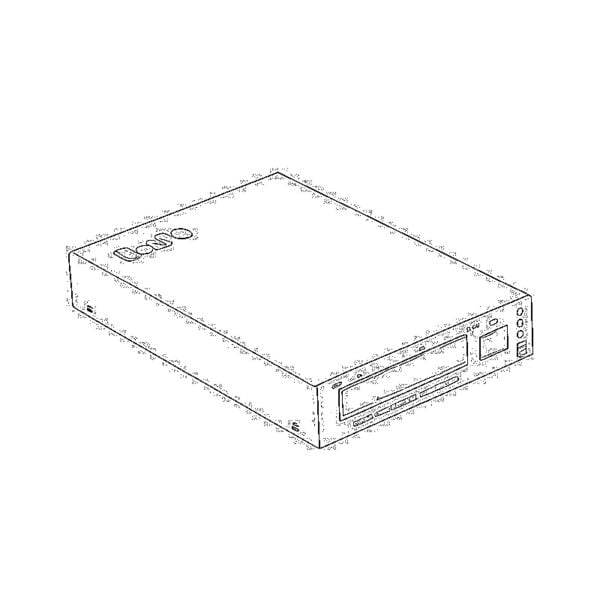 POE GPON/EPON ONU
POE GPON/EPON ONU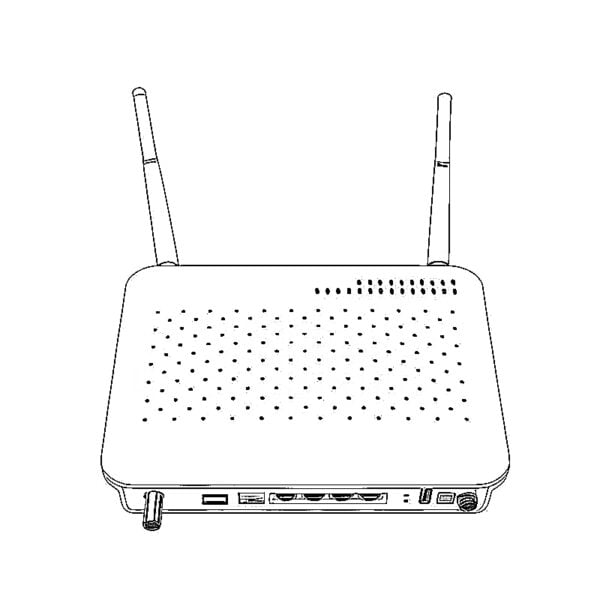 Wireless GPON/EPON ONT
Wireless GPON/EPON ONT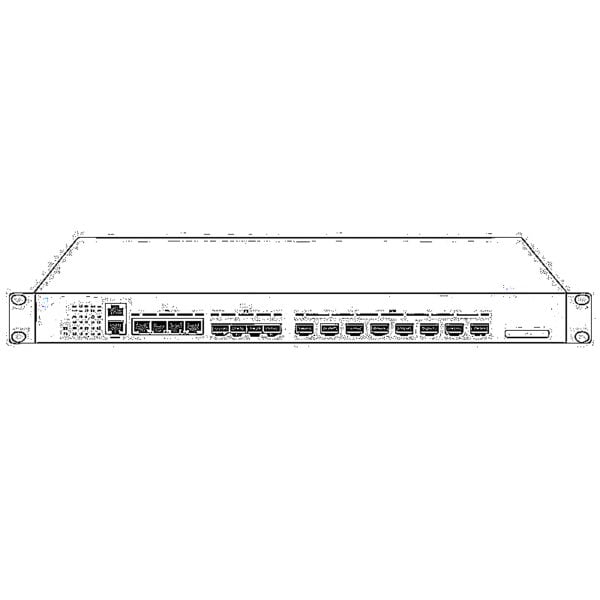 EPON OLT
EPON OLT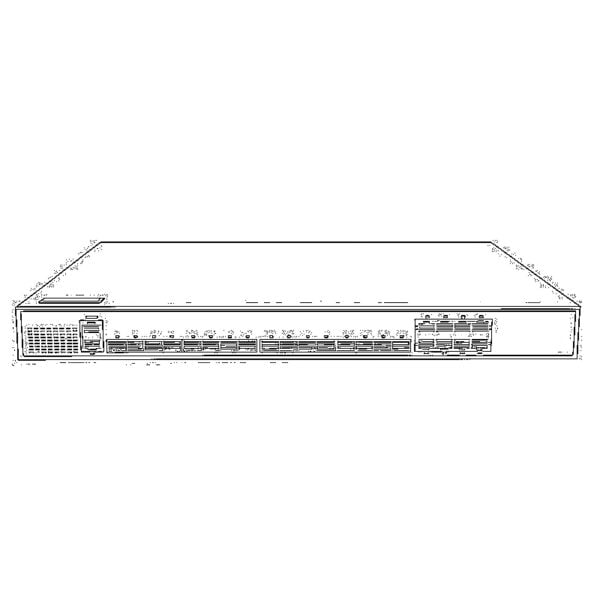 GPON OLT
GPON OLT SFP PON Module
SFP PON Module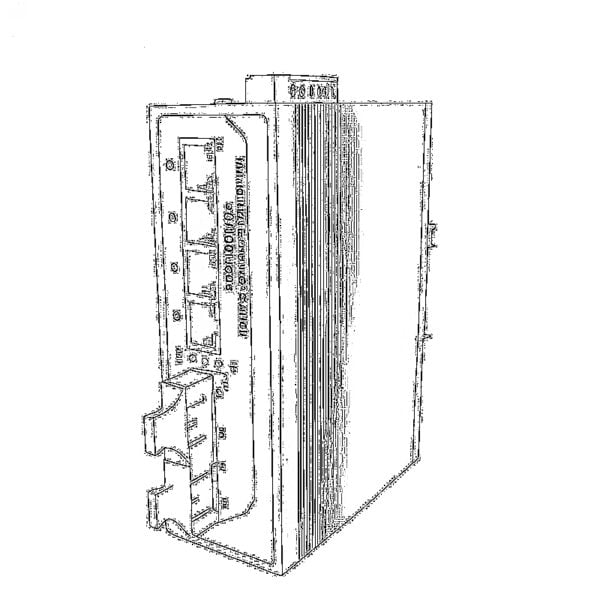 Industrial Switches
Industrial Switches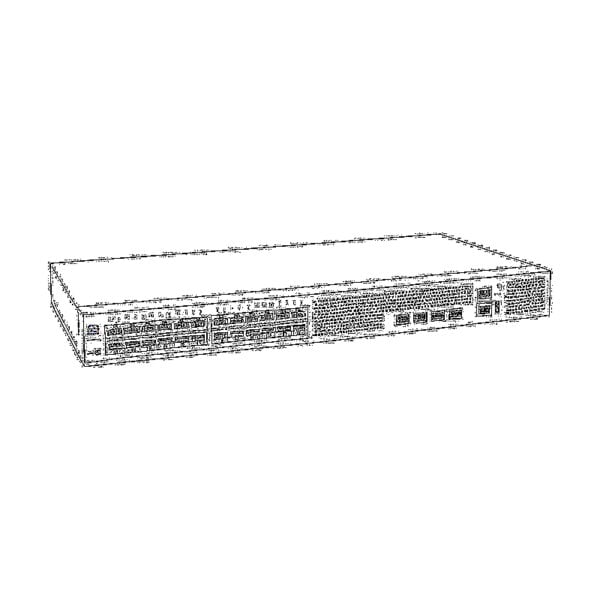 Managed Switches
Managed Switches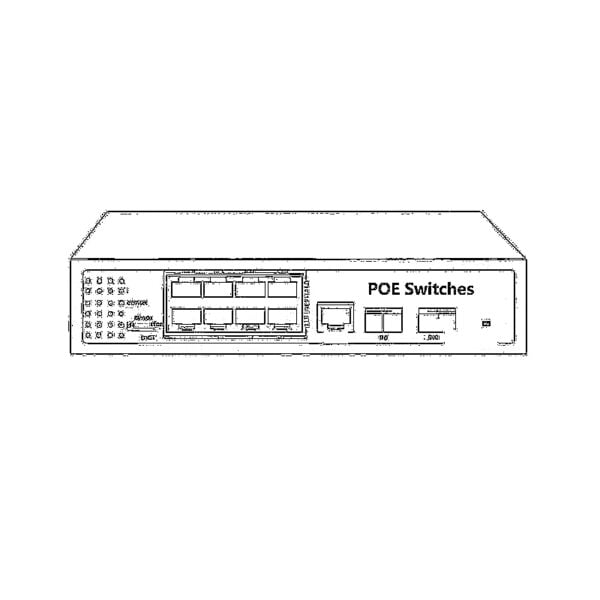 POE Switches
POE Switches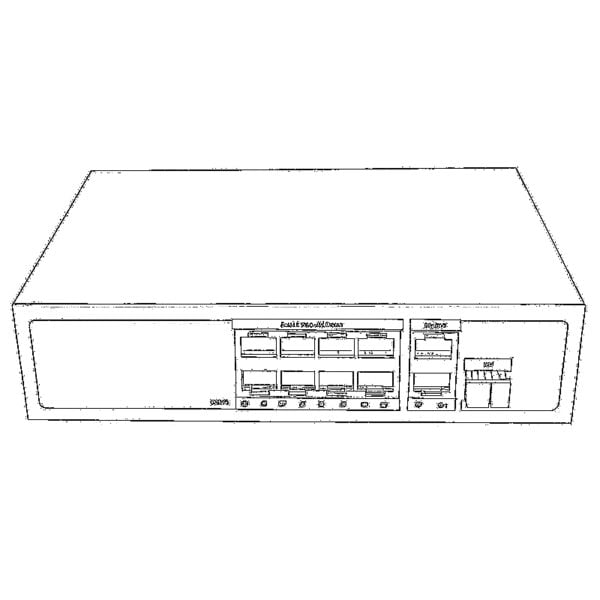 Unmanaged Switches
Unmanaged Switches MTP/MPO Fiber Cables
MTP/MPO Fiber Cables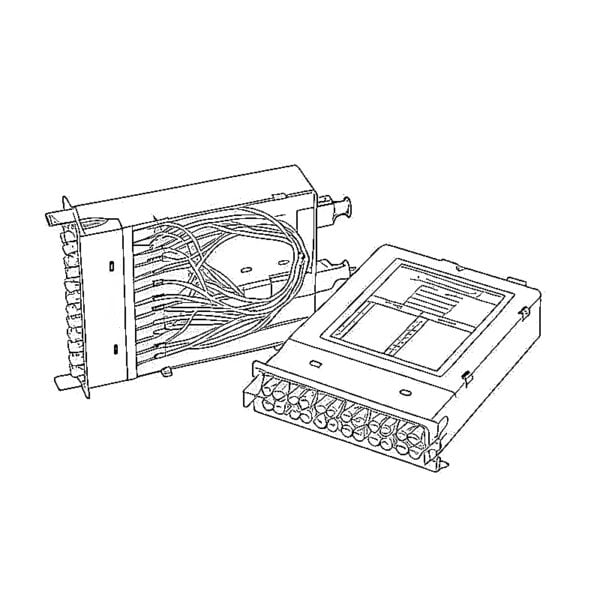 Fiber Optic Cassettes
Fiber Optic Cassettes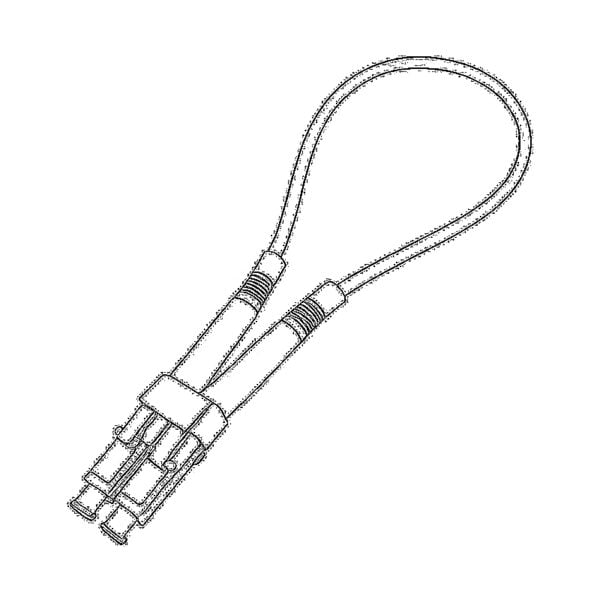 Fiber Optic Loopback
Fiber Optic Loopback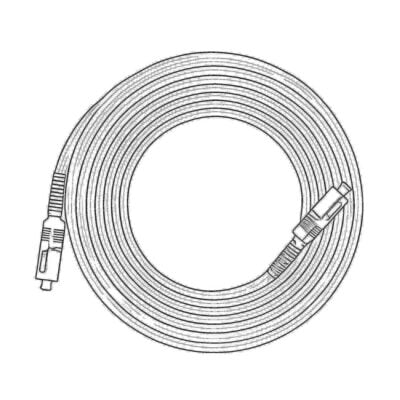 Optic Cables and Fiber Pigtails
Optic Cables and Fiber Pigtails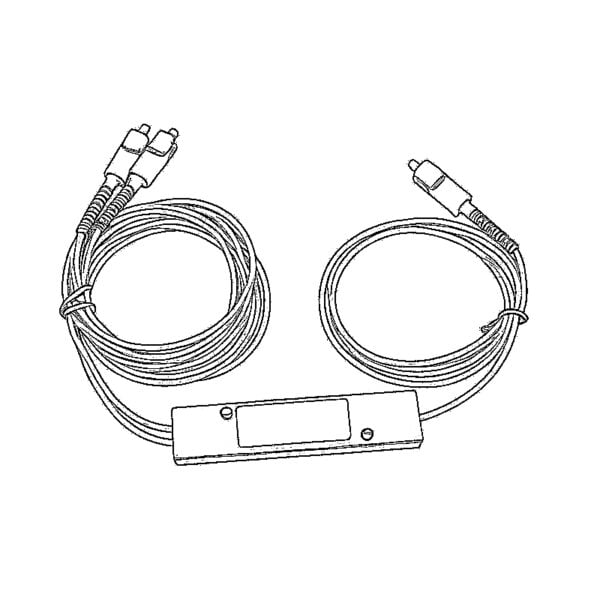 Optical Splitters and Splitter Box
Optical Splitters and Splitter Box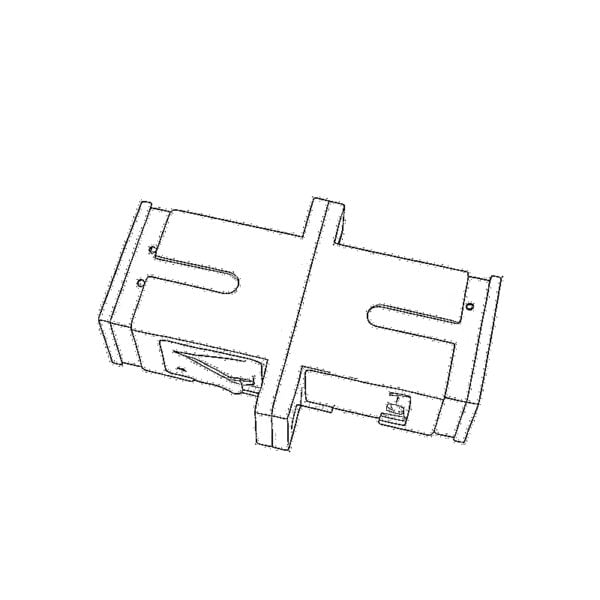 Fiber Flange Connectors
Fiber Flange Connectors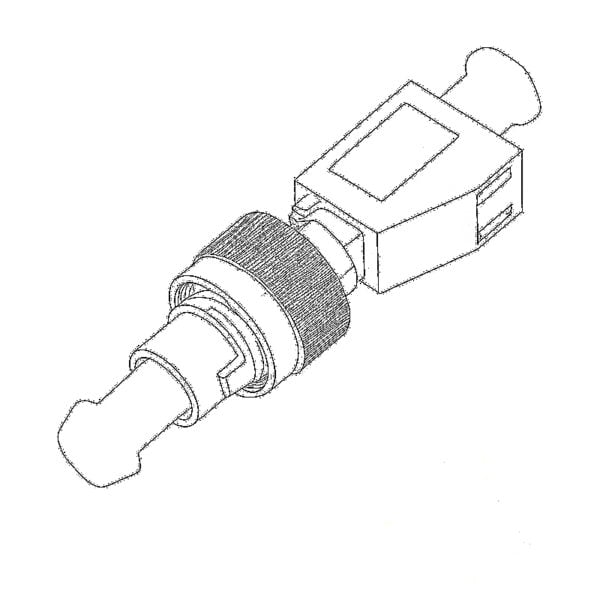 Optical Adapters
Optical Adapters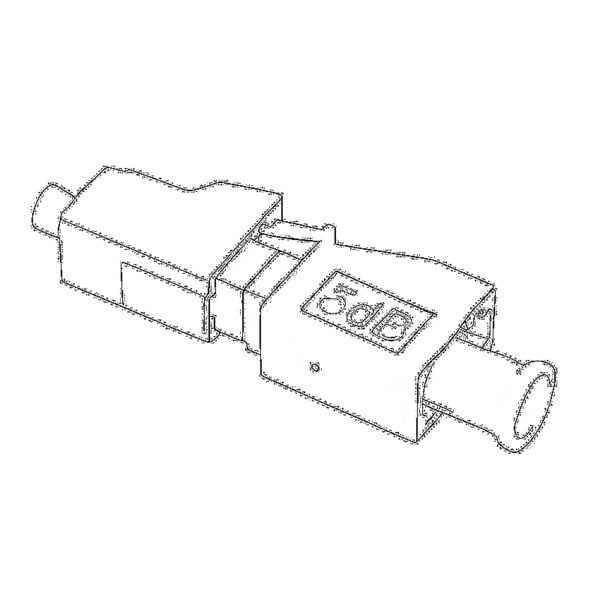 Optical Attenuator
Optical Attenuator Quick Connector and Connector Panel
Quick Connector and Connector Panel CATV Amplifier
CATV Amplifier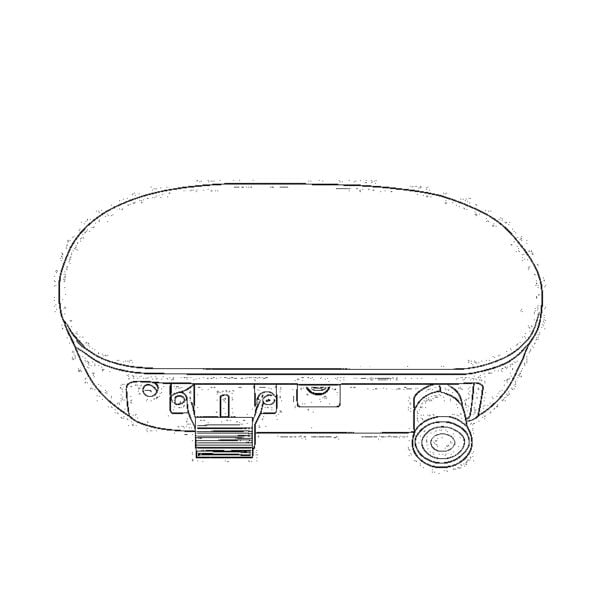 CATV Optical Receiver
CATV Optical Receiver Visual Fault Locator
Visual Fault Locator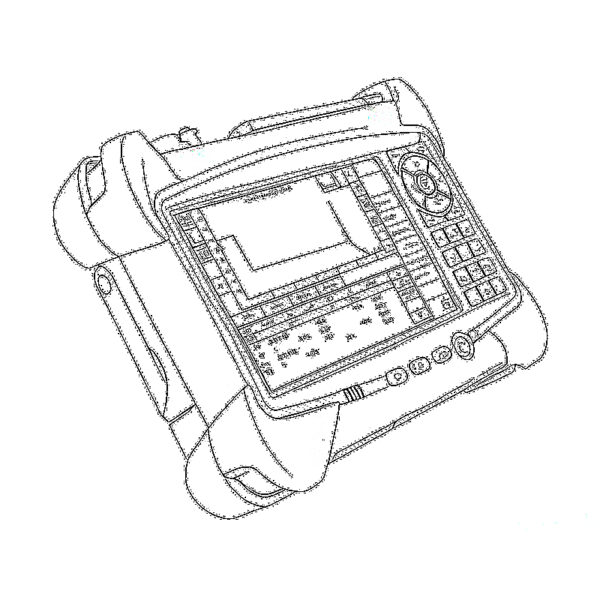 OTDR
OTDR Optical Power Meter
Optical Power Meter Fiber Optic Identifier
Fiber Optic Identifier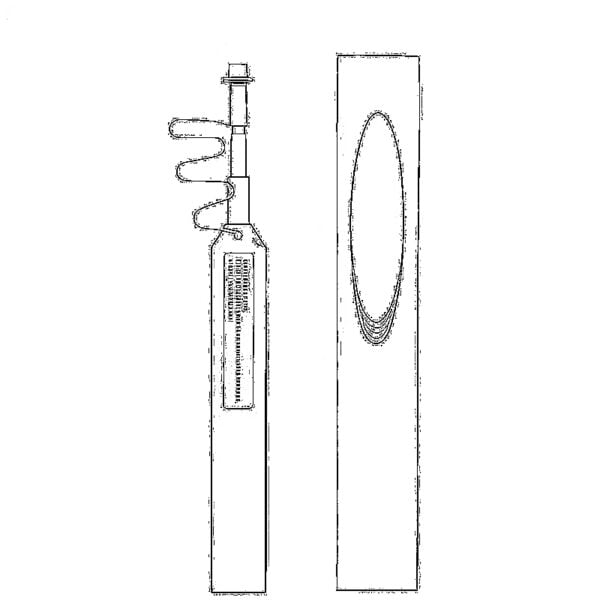 Fiber Optic Cleaners
Fiber Optic Cleaners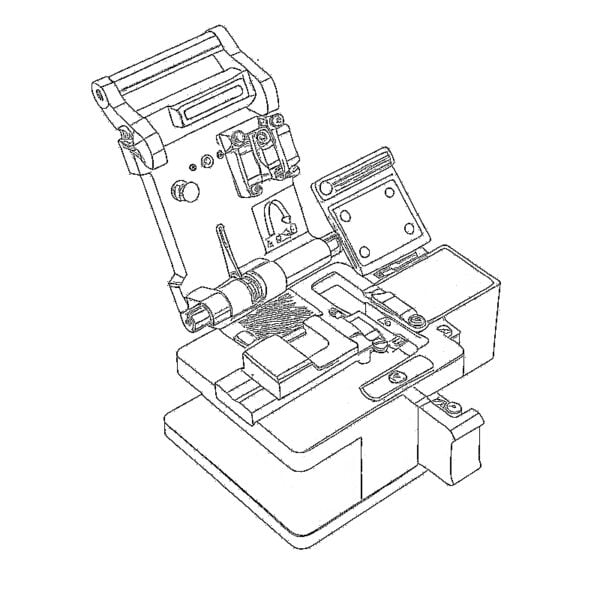 Fiber Cleavers & Fiber Strippers
Fiber Cleavers & Fiber Strippers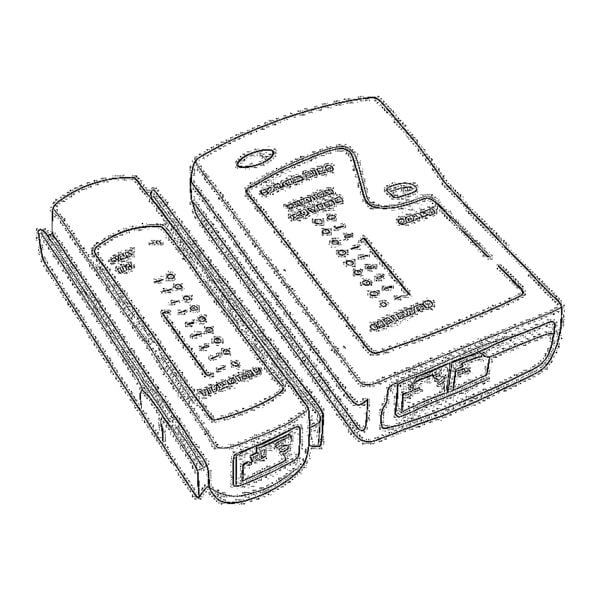 Copper Tools
Copper Tools